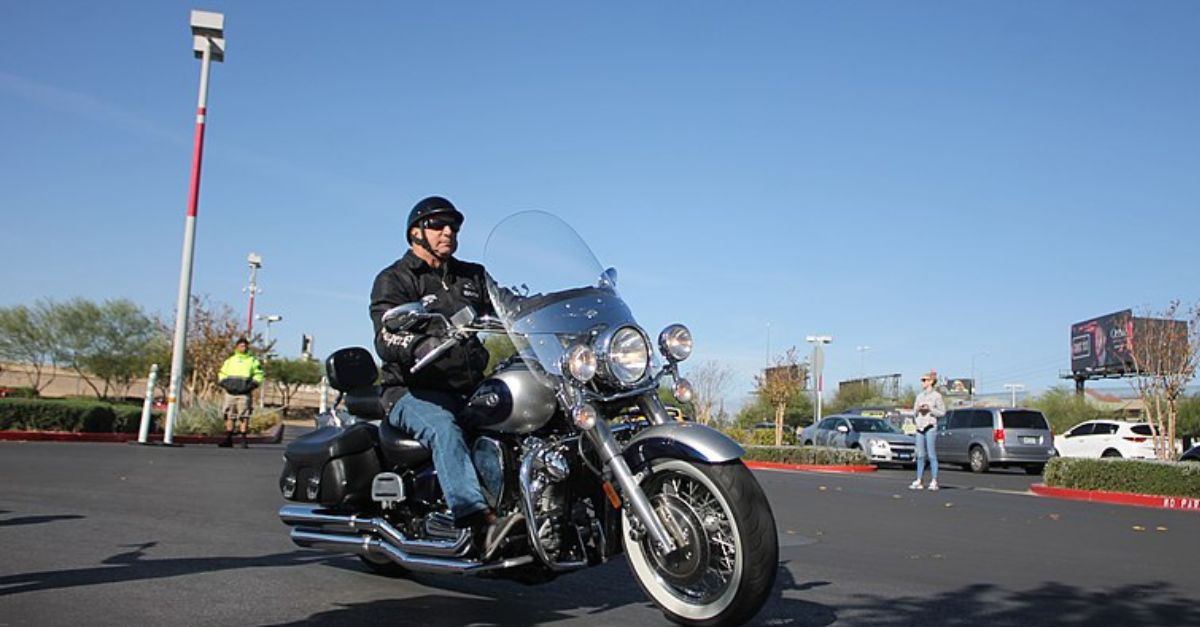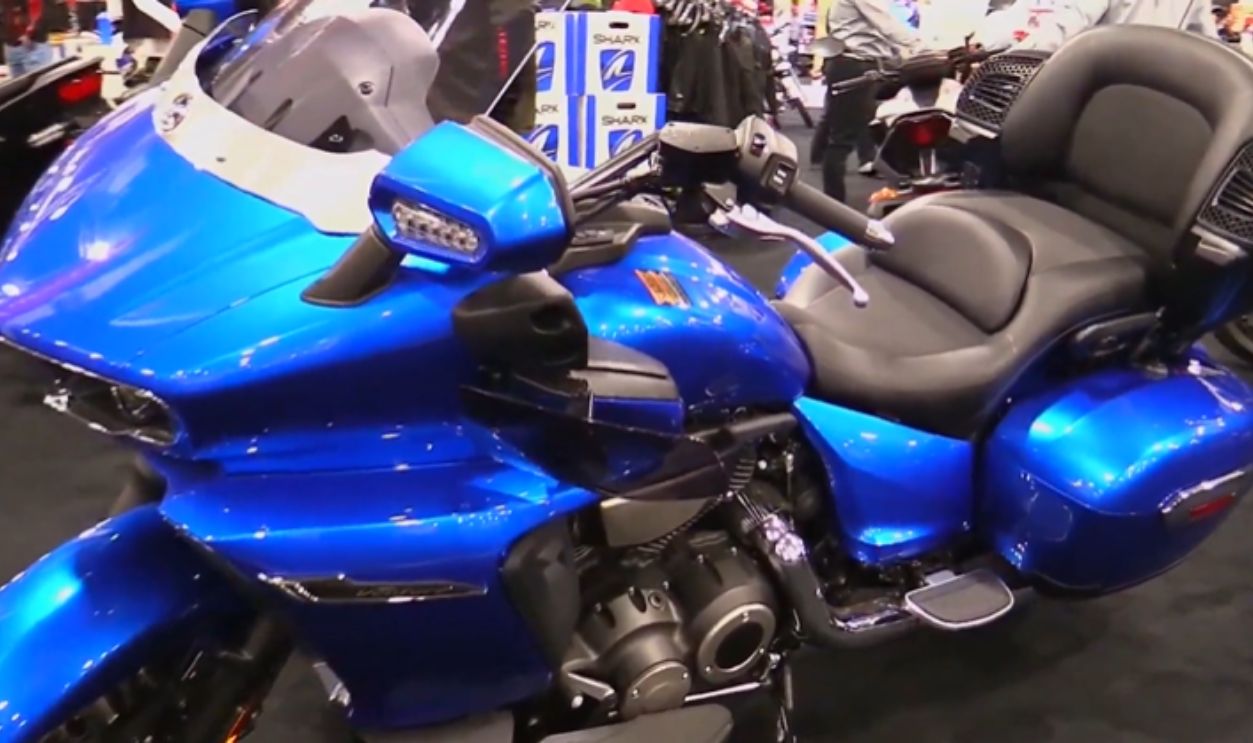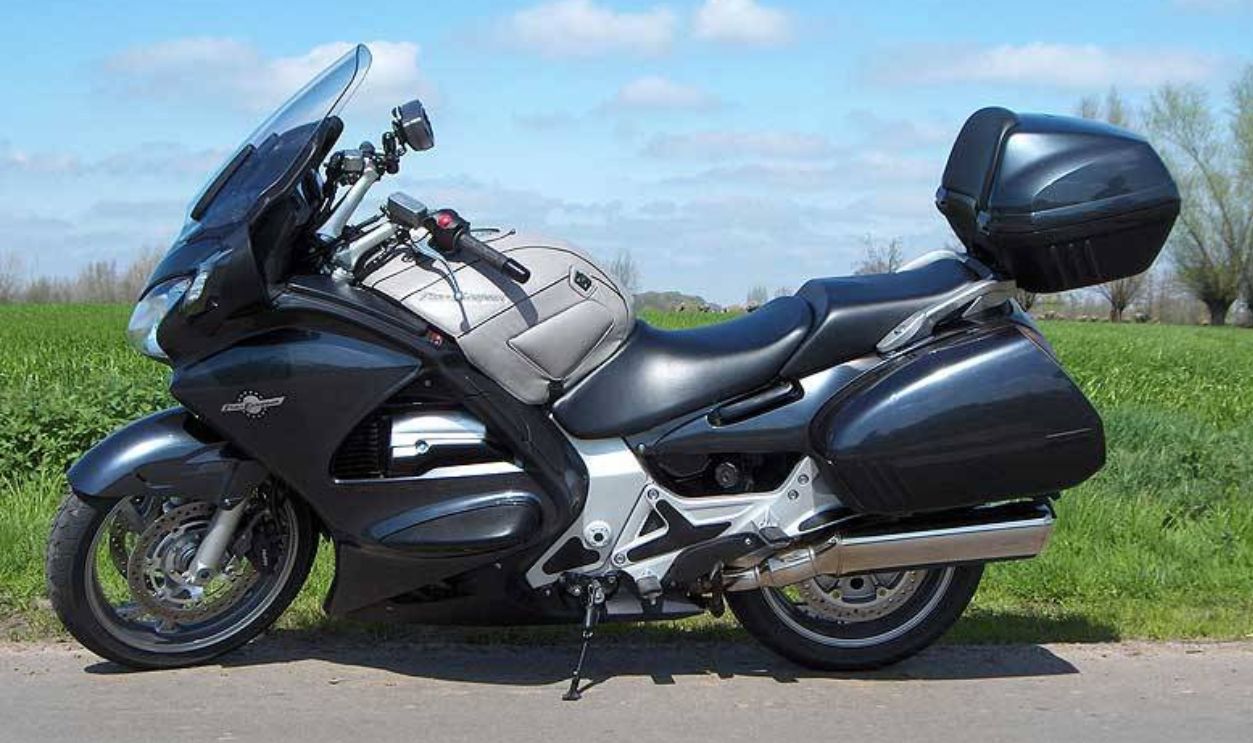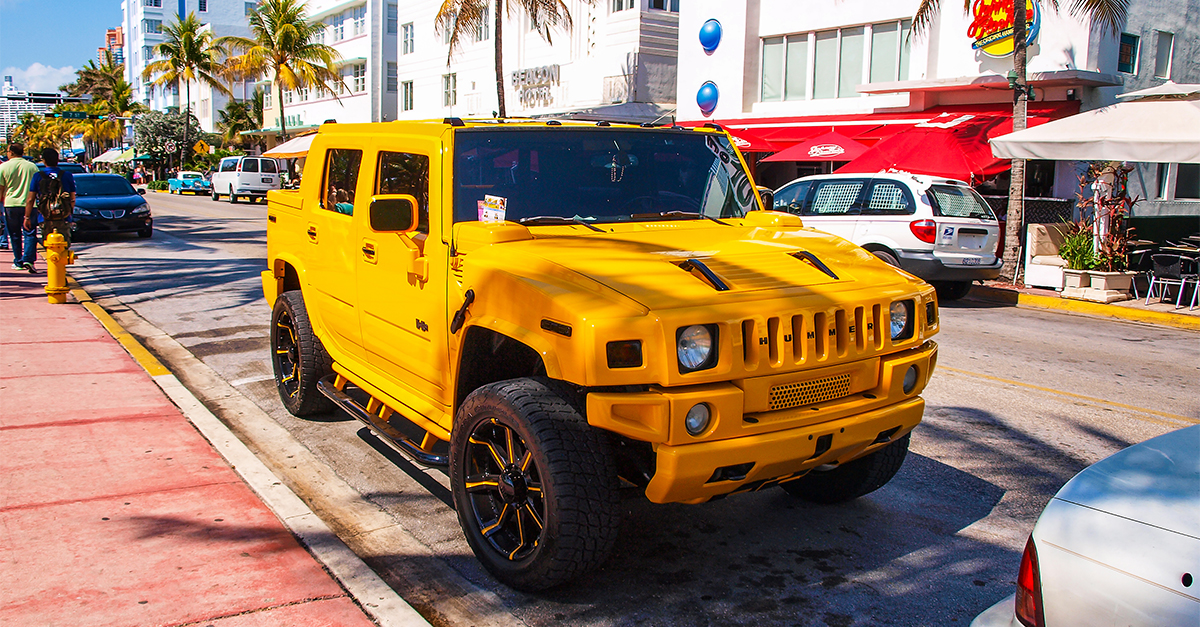How Much Do You Know?
You’ve finally decided to get a motorcycle. Then, once you get to the dealership, you are shown all the models. Among them are touring bikes. Can you tell what makes them different? Let’s test your knowledge on that.
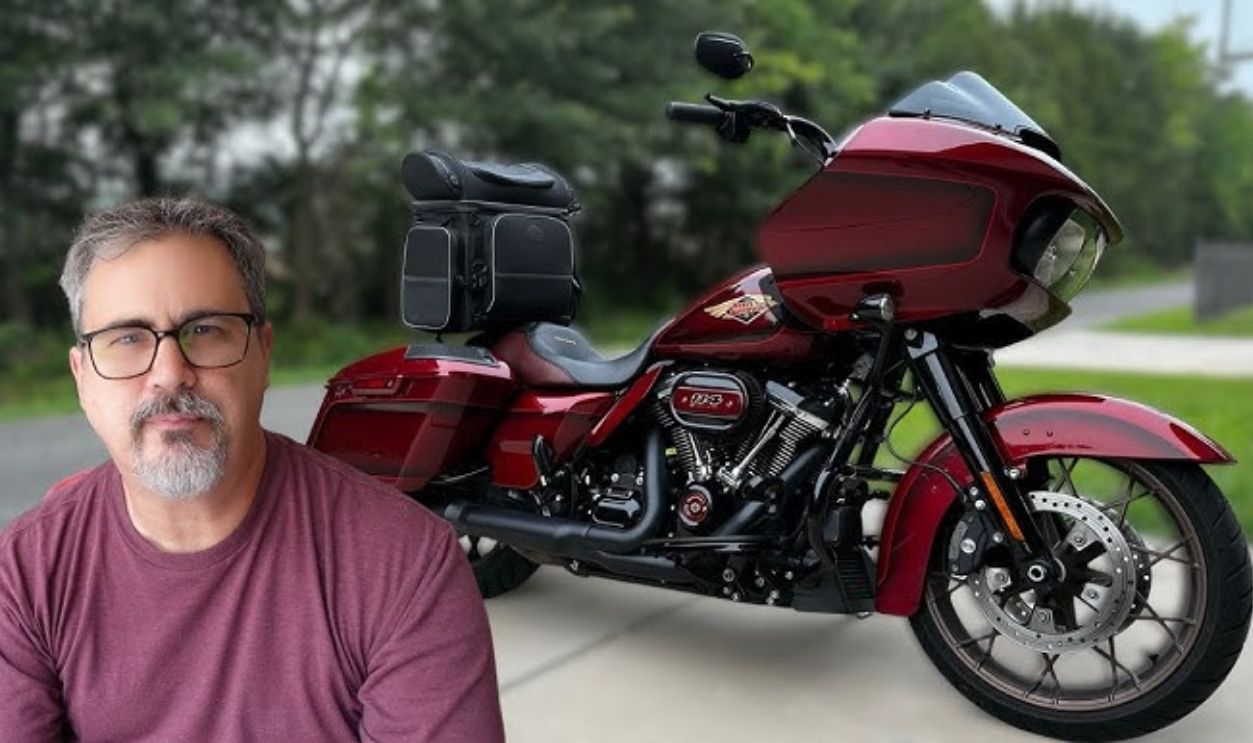
Just From The Name
Let’s make things easy for you from the get-go—the name “Touring Bikes”. The term immediately sets these motorcycles apart. Unlike cruisers or sportbikes, the name hints at their purpose: Long-distance travel with maximum comfort. When you hear “touring bike”, you know it’s designed to go the distance—no explanations needed.
 Rainer Ebert, CC BY-SA 2.0, Wikimedia Commons
Rainer Ebert, CC BY-SA 2.0, Wikimedia Commons
Before We Get To The Difference, The Similarities
Touring bikes and other motorcycles share several key traits. Like cruisers, touring bikes prioritize rider comfort with relaxed seating and ergonomic handlebars. Sport-touring models, such as the discontinued Kawasaki Concours 14, borrow high-speed stability and cornering prowess from sport bikes that merge comfort with performance for versatile rides.
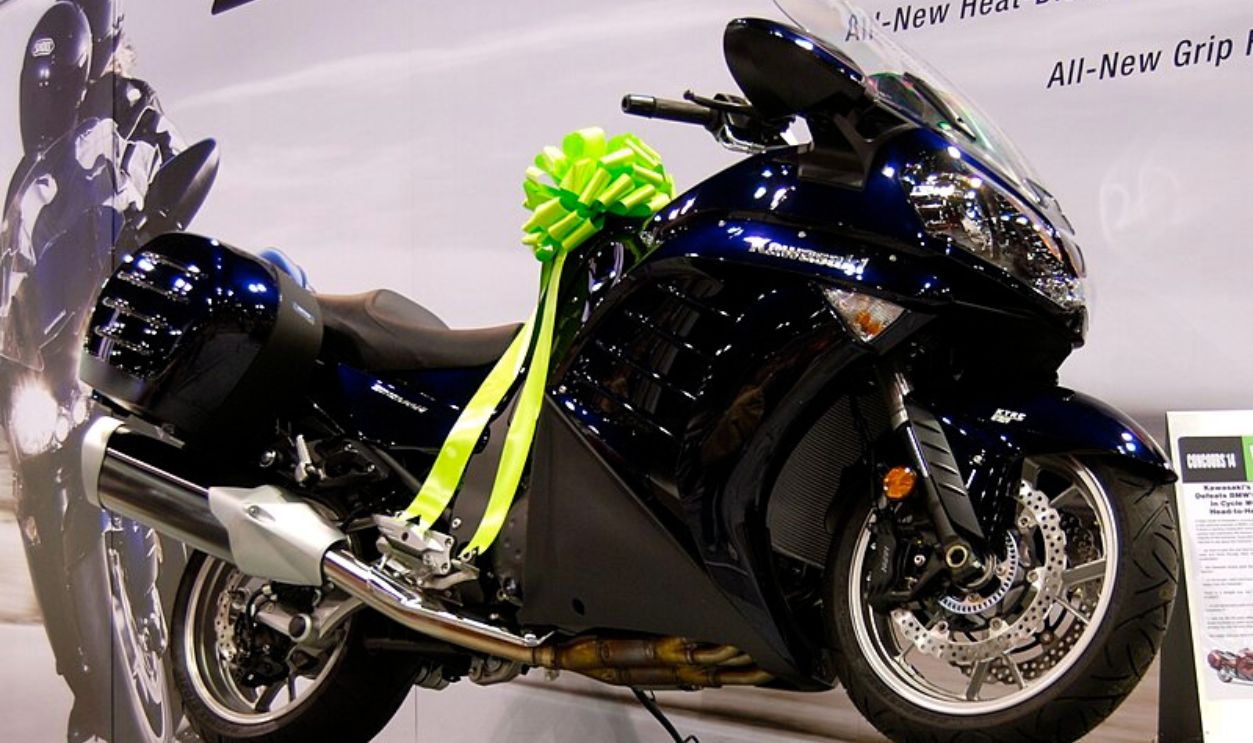 Dbratland, CC BY 3.0, Wikimedia Commons
Dbratland, CC BY 3.0, Wikimedia Commons
More Similarities
Another similarity is seen with more motorcycles, especially in the touring and adventure models, which offer ample storage and wind protection. The obvious? Two wheels, two hand grips, and fuel type. Some manufacturers are in the works to develop electric touring motorcycles, but we have yet to see them mass-produced.
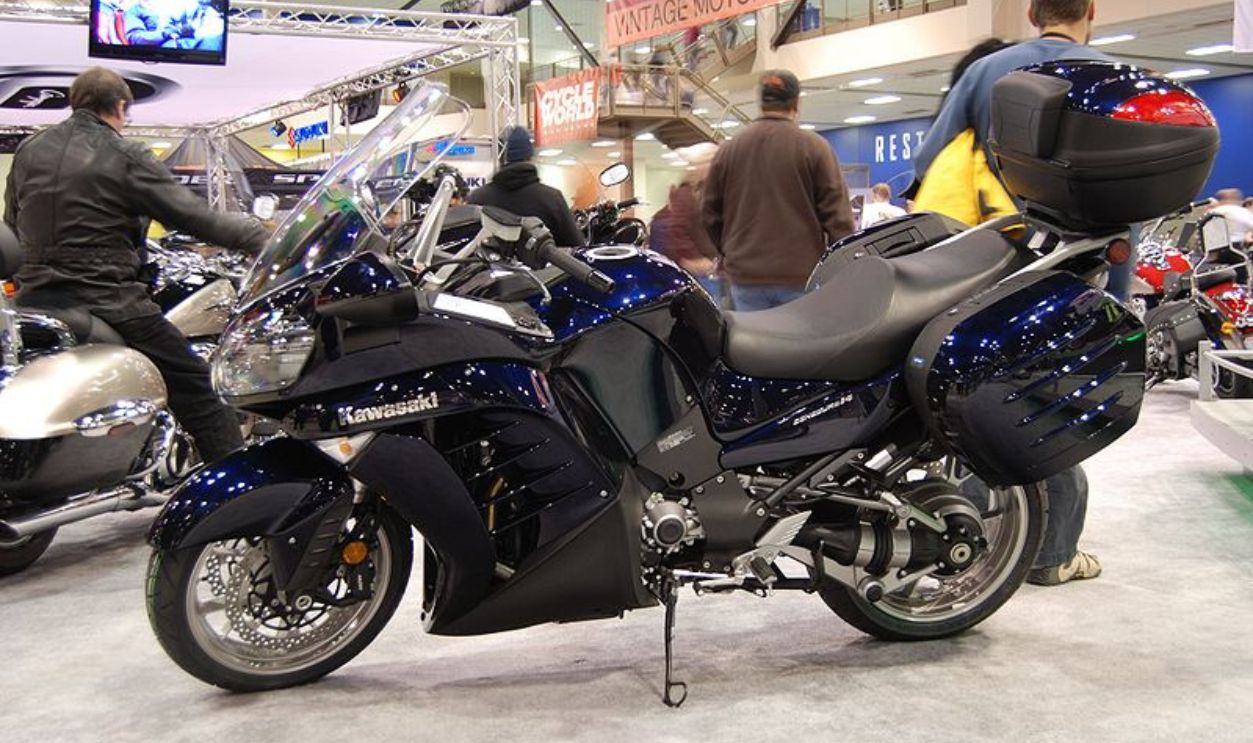 Dbratland, CC BY 3.0, Wikimedia Commons
Dbratland, CC BY 3.0, Wikimedia Commons
Typical Touring Bike Sizes, Weights, And Dimensions
These bikes are among the largest motorcycles available, built for stability and comfort. The Harley-Davidson Electra Glide leads the pack with approximately 780 lbs (as shipped). Another example is the Honda Gold Wing (787 lbs), which measures over 8 feet long and has a commanding road presence.
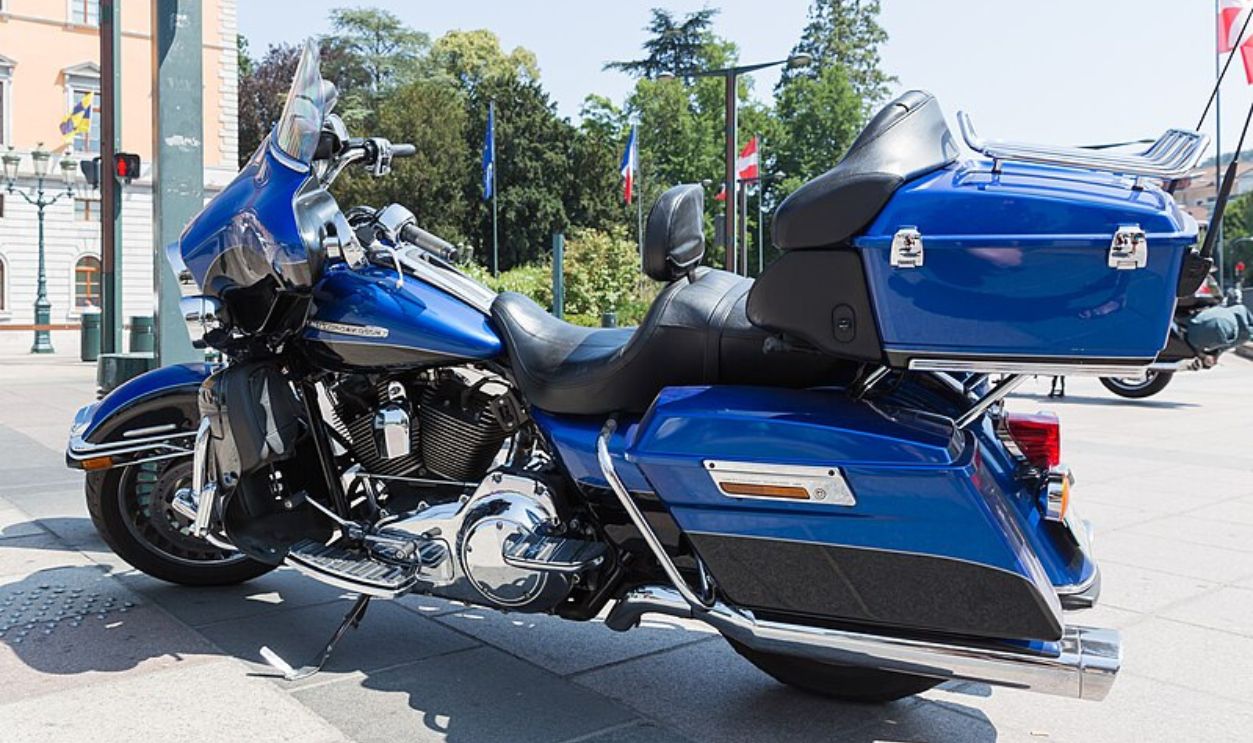 William Crochot, CC BY-SA 4.0, Wikimedia Commons
William Crochot, CC BY-SA 4.0, Wikimedia Commons
Just A Few Tweaks To Make Unique
Seat heights vary, but they always remain accessible. The Indian Roadmaster offers a low 26-inch seat, while the BMW K1600 GTL’s 31-inch seat suits taller riders. Their weight and size are offset by low centers of gravity, which makes these bikes surprisingly easy to handle despite their massive dimensions.
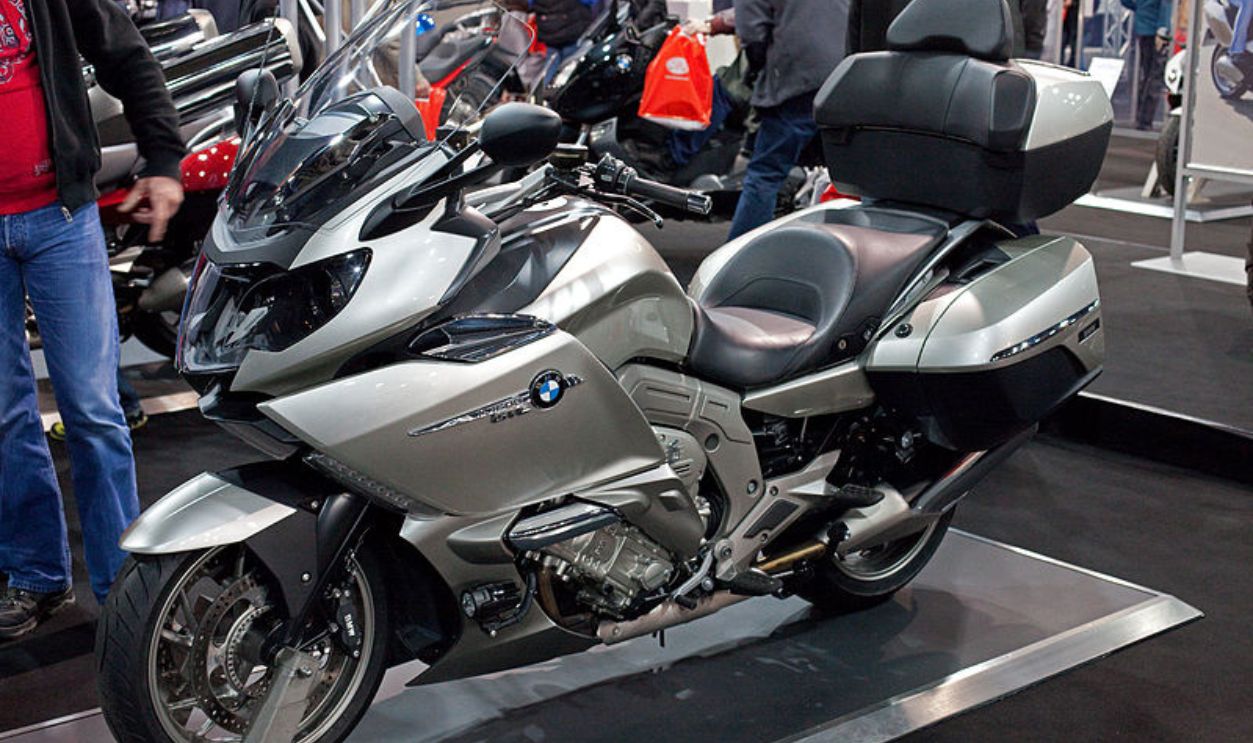 Armin Vogel, CC BY 2.0, Wikimedia Commons
Armin Vogel, CC BY 2.0, Wikimedia Commons
The Most Popular Touring Bikes To Ever Grace Earth
Some touring bikes have earned legendary status over decades. The Honda Gold Wing enters with state-of-the-art features. Here, we’re talking reverse gears and built-in navigation systems. Harley-Davidson’s Road King is another popular kid on the block with that timeless design that money can buy.
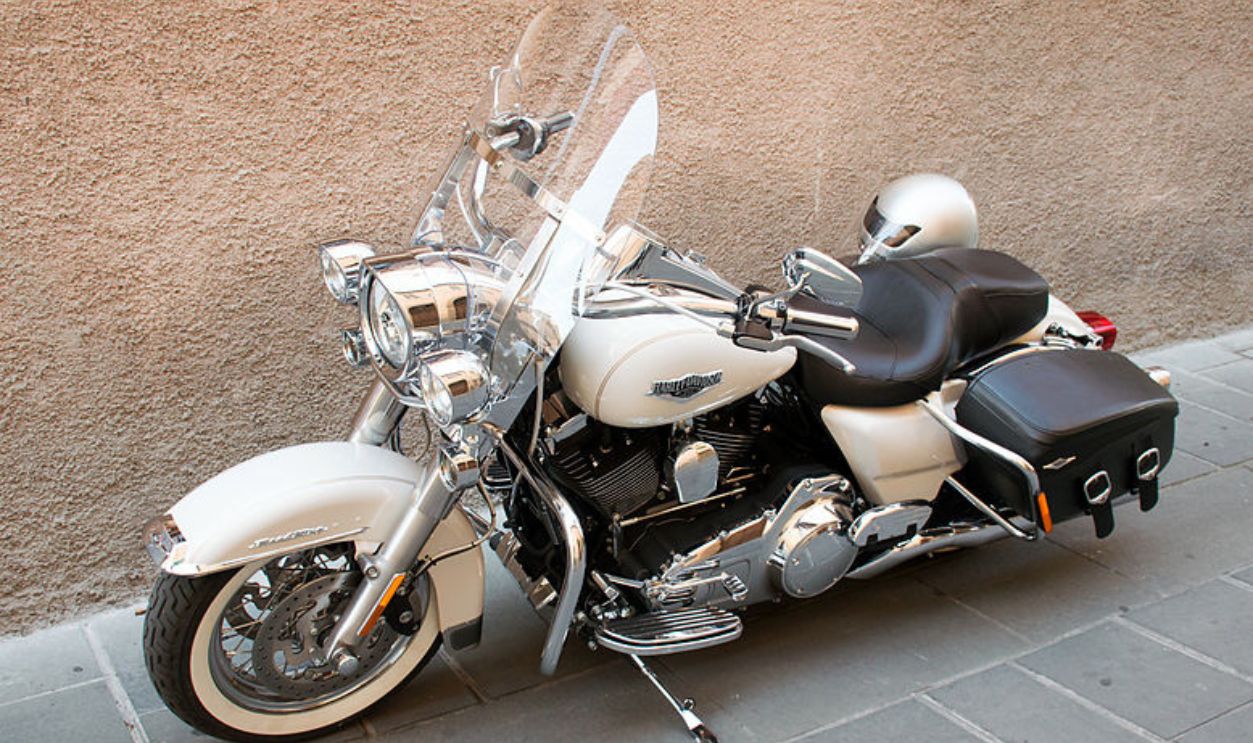 Livioandronico2013, CC BY-SA 4.0, Wikimedia Commons
Livioandronico2013, CC BY-SA 4.0, Wikimedia Commons
There’s More
BMW’s R1250RT is another contender with luxurious and sporty performance. This brand is a favorite to those who love to hit highs on the right side of the speedometer in long hauls. These bikes make traveling enjoyable and set the standard for comfort and style in the motorcycle world.
 Sebastian Koppehel, CC BY 4.0, Wikimedia Commons
Sebastian Koppehel, CC BY 4.0, Wikimedia Commons
Price Range
Now, let’s talk money. How much would a typical touring bike cost you? The good news is that no matter your budget, you get a say. But just know that you’ll part with more for the ultra-luxurious. For instance, the 2023 Yamaha’s Star Venture is a mid-range option at approximately $26,999.
On The Higher, Premium End
At the premium end, Harley-Davidson’s Ultra Limited can cost upwards of $32,499. Sure, such prices may seem steep, but they reflect the durability, advanced features, incredible craftsmanship, and comfort. Every rider gets every dollar’s worth during their journeys.
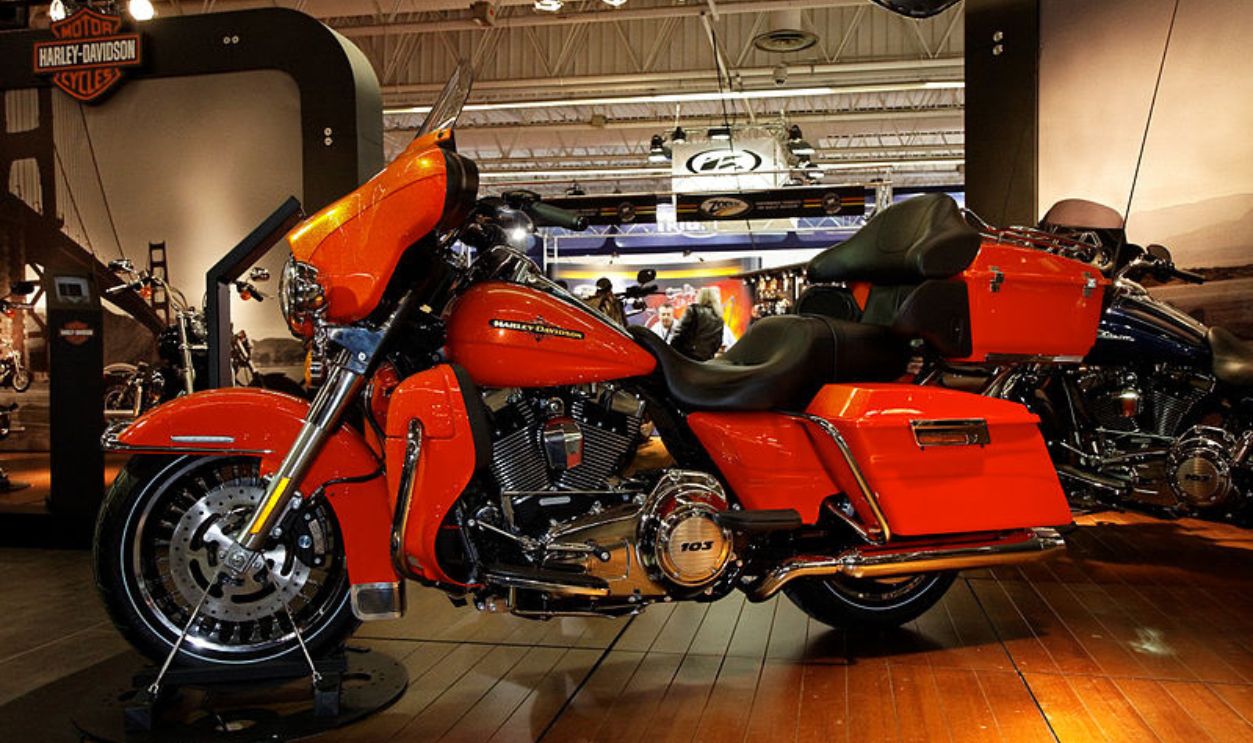 Thesupermat, CC BY-SA 3.0, Wikimedia Commons
Thesupermat, CC BY-SA 3.0, Wikimedia Commons
Which Celebrities Love Them And Have A Collection
Touring bikes are favorites among celebrities who value both performance and style. Keanu Reeves's name is synonymous with these circles. He actually designs his own through Arch Motorcycles. Then we have Jay Leno, a known collector who isn't scared to spend on the iconic Indian Roadmaster and more.
 Keanu Reeves Wants to Build a $78,000 Motorcycle Just for You by Bloomberg Originals
Keanu Reeves Wants to Build a $78,000 Motorcycle Just for You by Bloomberg Originals
Brad Pitt Is Also Part Of The Touring Bike Crew
Brad Pitt is often seen riding a BMW R1200RT, a favorite for its mix of sporty handling and comfort. These stars highlight how touring bikes appeal not only to dedicated riders but also to the elite, who recognize their unmatched quality and craftsmanship.
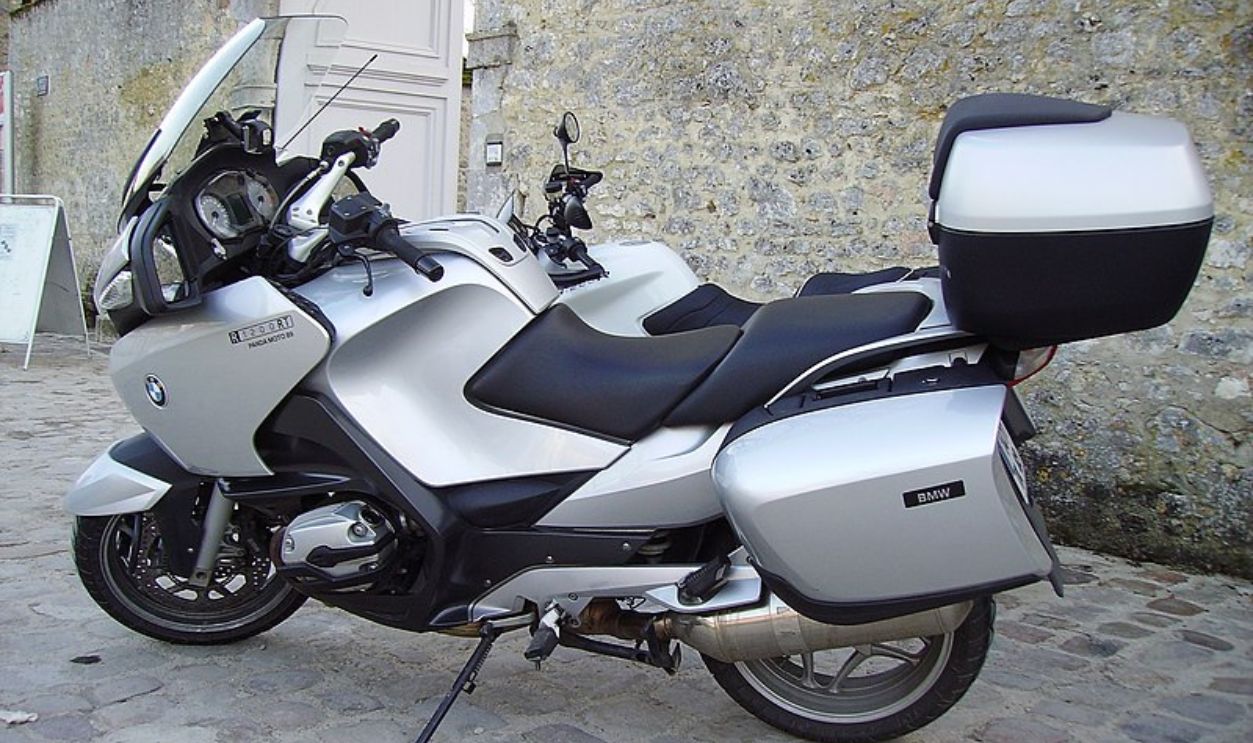 Jean-Pierre, CC BY-SA 2.0, Wikimedia Commons
Jean-Pierre, CC BY-SA 2.0, Wikimedia Commons
The Most Popular Brands In This Industry
Harley-Davidson leads with models like the Street Glide and Electra Glide. They always deliver a mix of tradition and innovation. Honda’s Gold Wing has set benchmarks for comfort and advanced technology like smartphone integration, and it has become the preferred choice for long-distance riders.
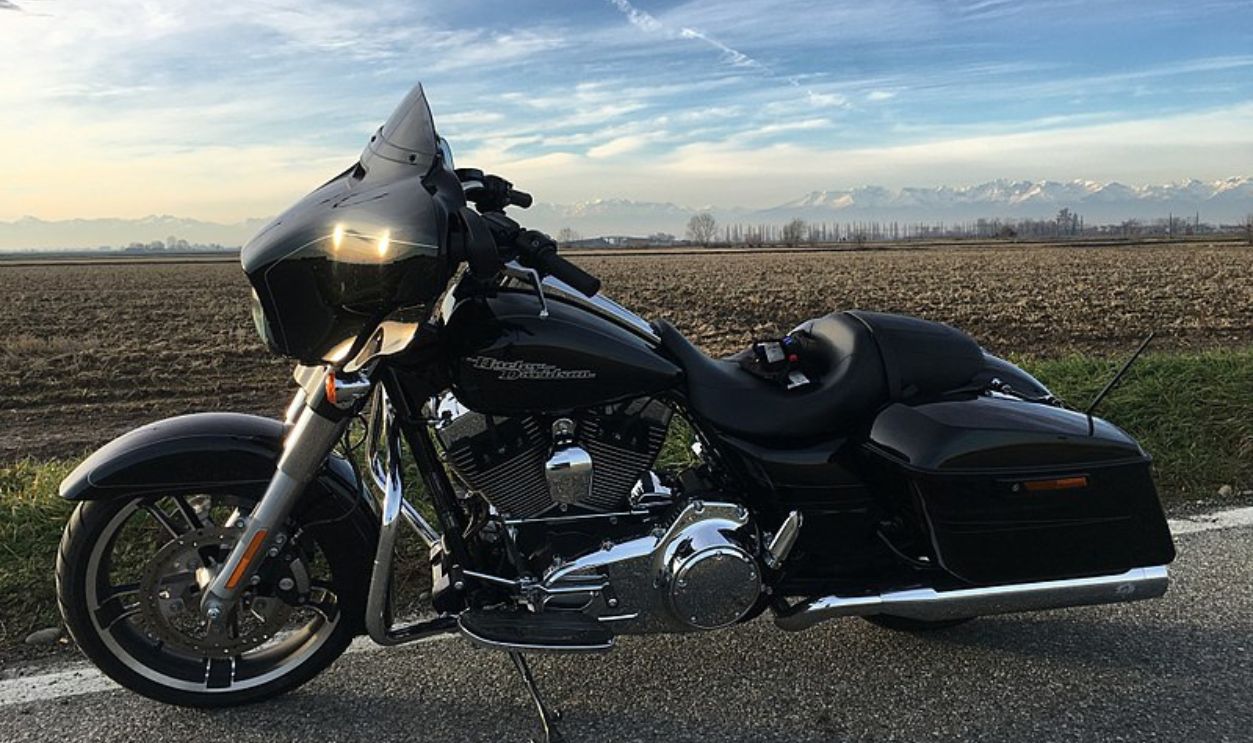 Harleyrobbio, CC BY-SA 4.0, Wikimedia Commons
Harleyrobbio, CC BY-SA 4.0, Wikimedia Commons
Is BMW Also Part Of This Crowd?
Of course. They have the BMW’s K1600 series, which caters to those who crave pioneering engineering and sporty performance. Indian Motorcycle is also in this circle with models like the Roadmaster and Chieftain. Now, let’s dive into the differences, shall we?
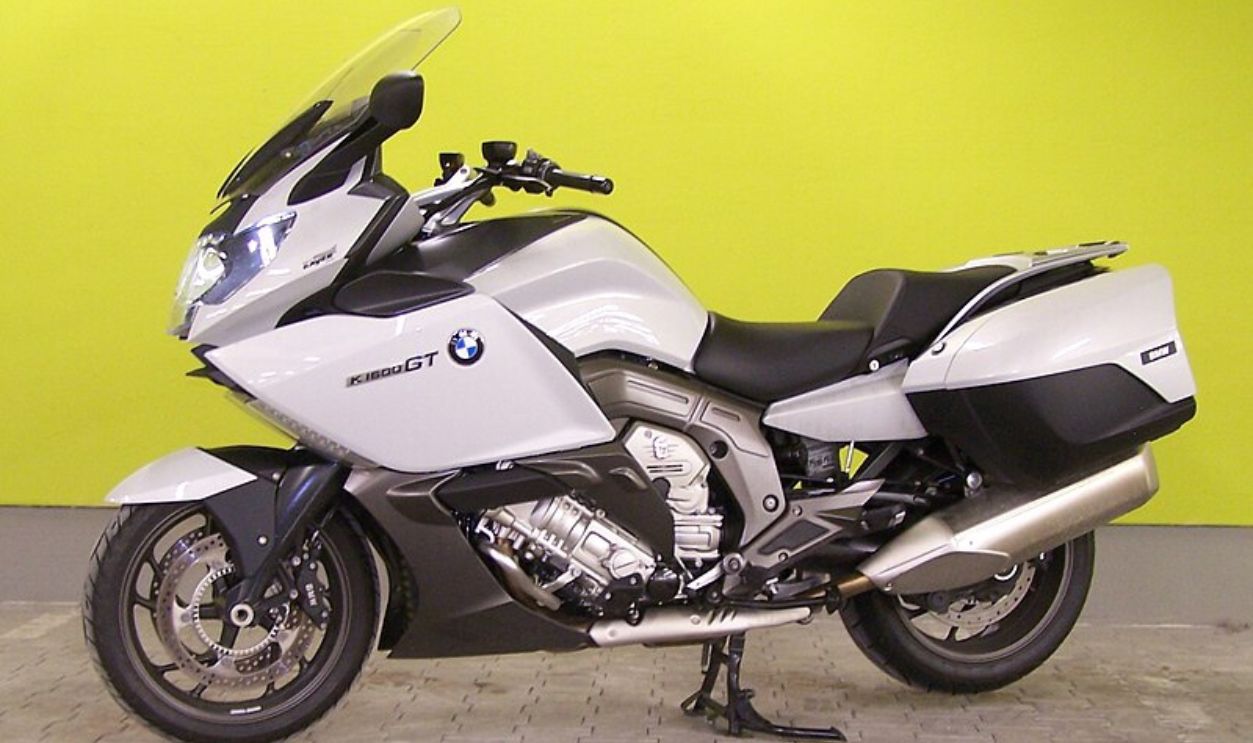 Bergfalke2, CC BY-SA 3.0, Wikimedia Commons
Bergfalke2, CC BY-SA 3.0, Wikimedia Commons
Ergonomic Seating
Comfort reigns supreme here. Unlike sport bikes with their aggressive seating, touring motorcycles prioritize relaxed postures. When you ride on one, you are guaranteed to enjoy seats that support your lower back and thighs, ideal for long hauls. This is vital. Why? A tired rider is a distracted one.
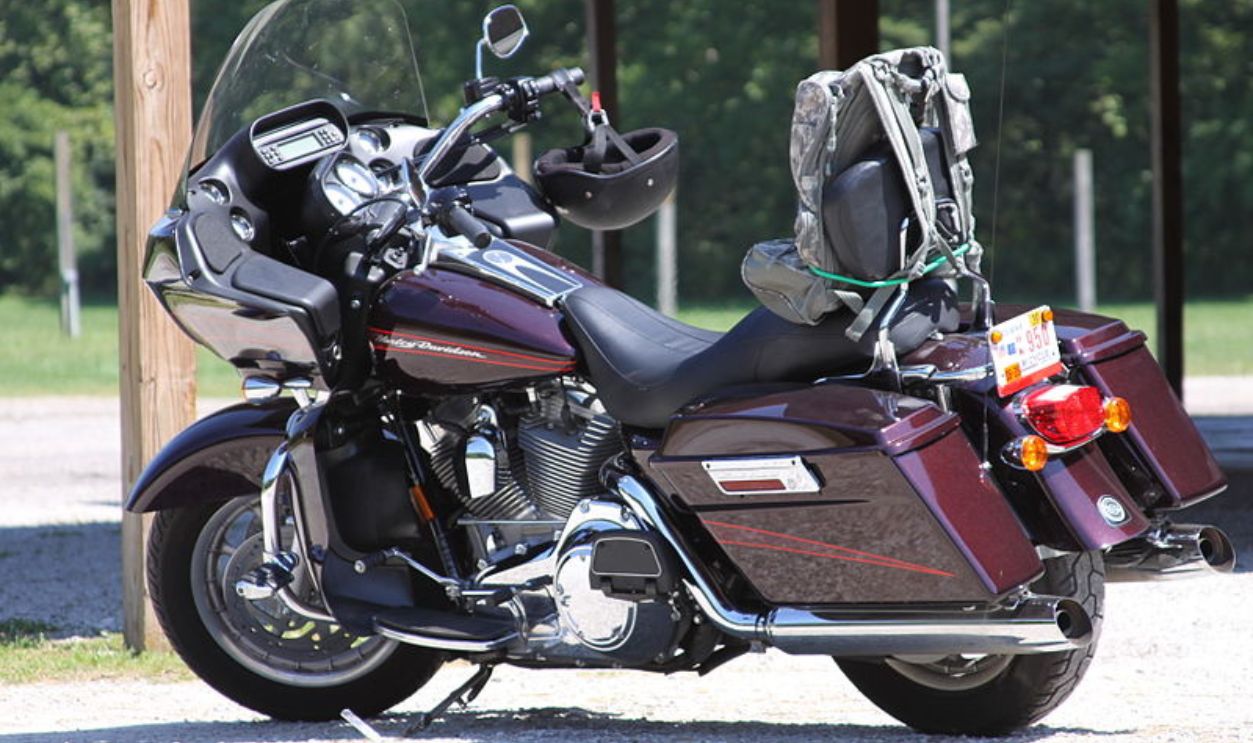 Christopher Page, CC BY 2.0, Wikimedia Commons
Christopher Page, CC BY 2.0, Wikimedia Commons
Ergonomics Ensure A Focused And Comfortable Ride
Touring seats often come with memory foam or gel inserts, contouring to your shape to ensure a longer time frame. Harley-Davidson’s Road Glide and Honda’s Gold Wing are prime examples. They have plush seating, making 500-mile days surprisingly bearable.
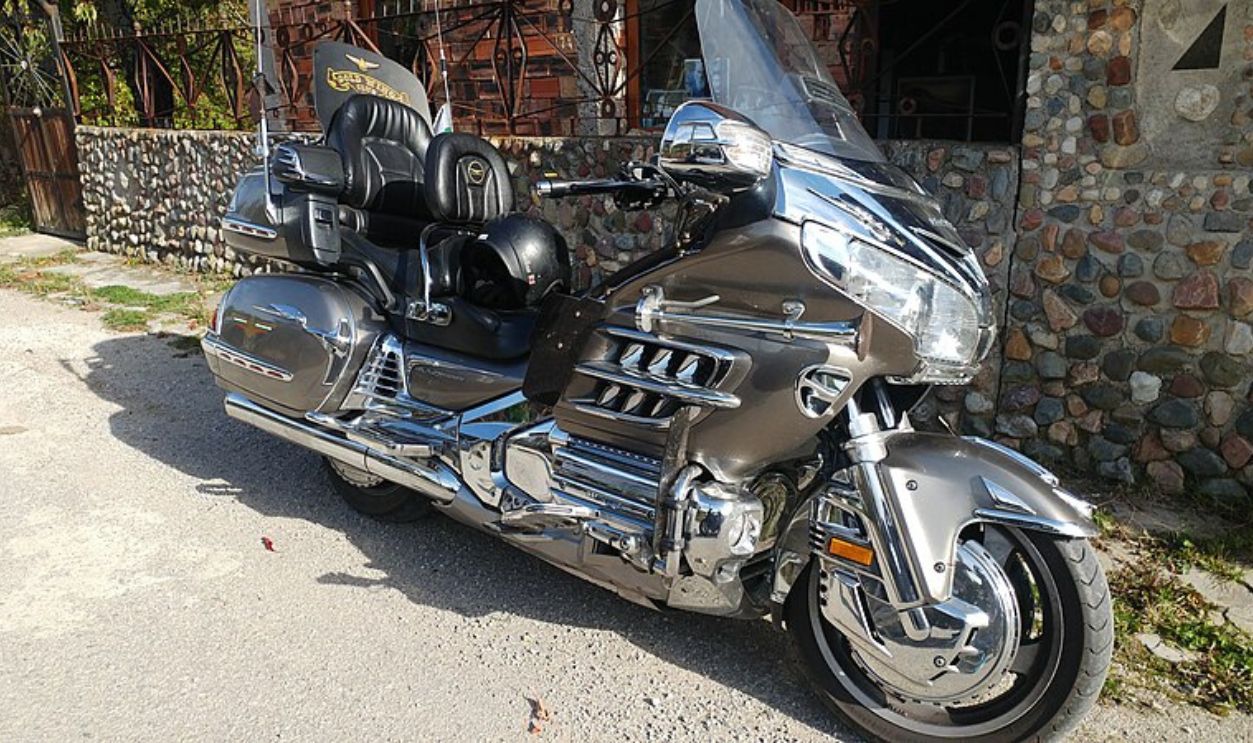 Biser Todorov, CC BY-SA 4.0, Wikimedia Commons
Biser Todorov, CC BY-SA 4.0, Wikimedia Commons
Wind And Weather Protection That’s Built To Last
A touring bike’s windshield isn’t just a typical one; it’s your best defense against wind fatigue. These windshields are larger and more aerodynamic, designed to divert air around you. Think of it like a shield you use to divert wind and make it pass past you, not against you.
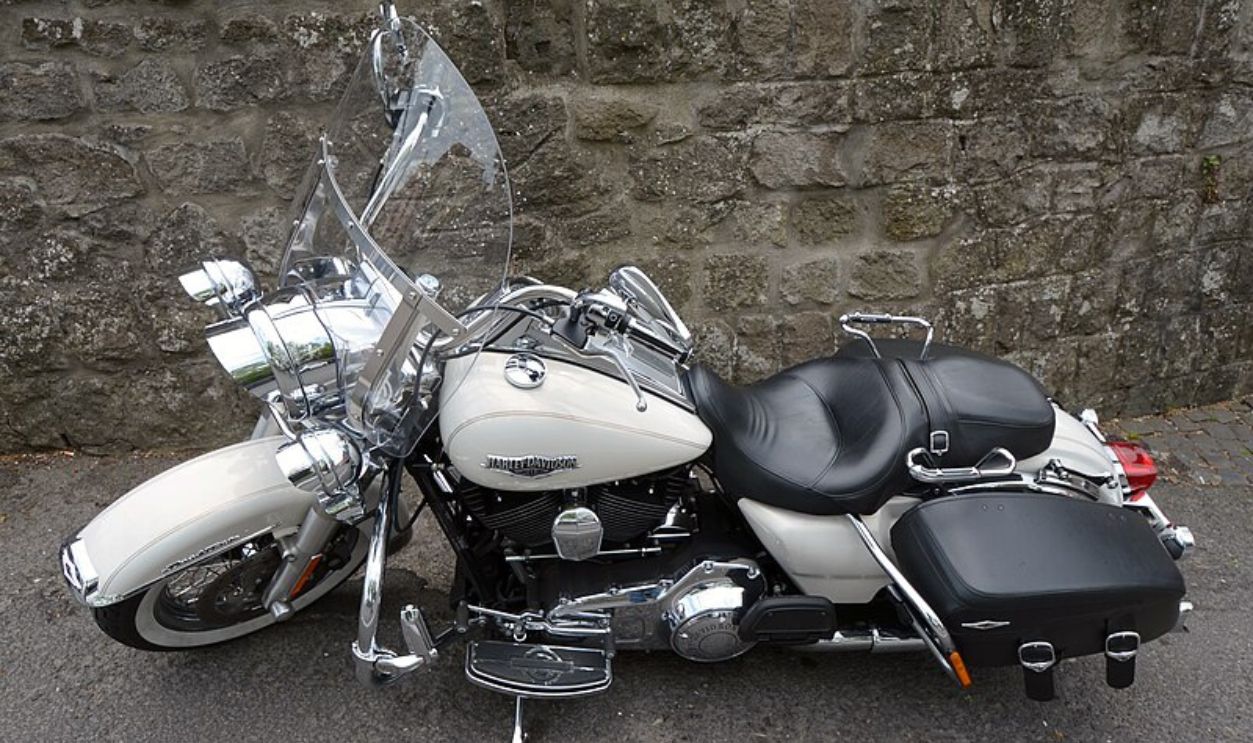 Livioandronico2013, CC BY-SA 4.0, Wikimedia Commons
Livioandronico2013, CC BY-SA 4.0, Wikimedia Commons
These Designs Are Intentional
This clever design reduces strain on your neck and shoulders. Rain in the forecast? No problem. Many touring models, like BMW’s R1250RT, feature full fairings that shield your legs and torso from the elements. Paired with heated grips, you’ll laugh in the face of chilly weather. Technology’s got you covered.
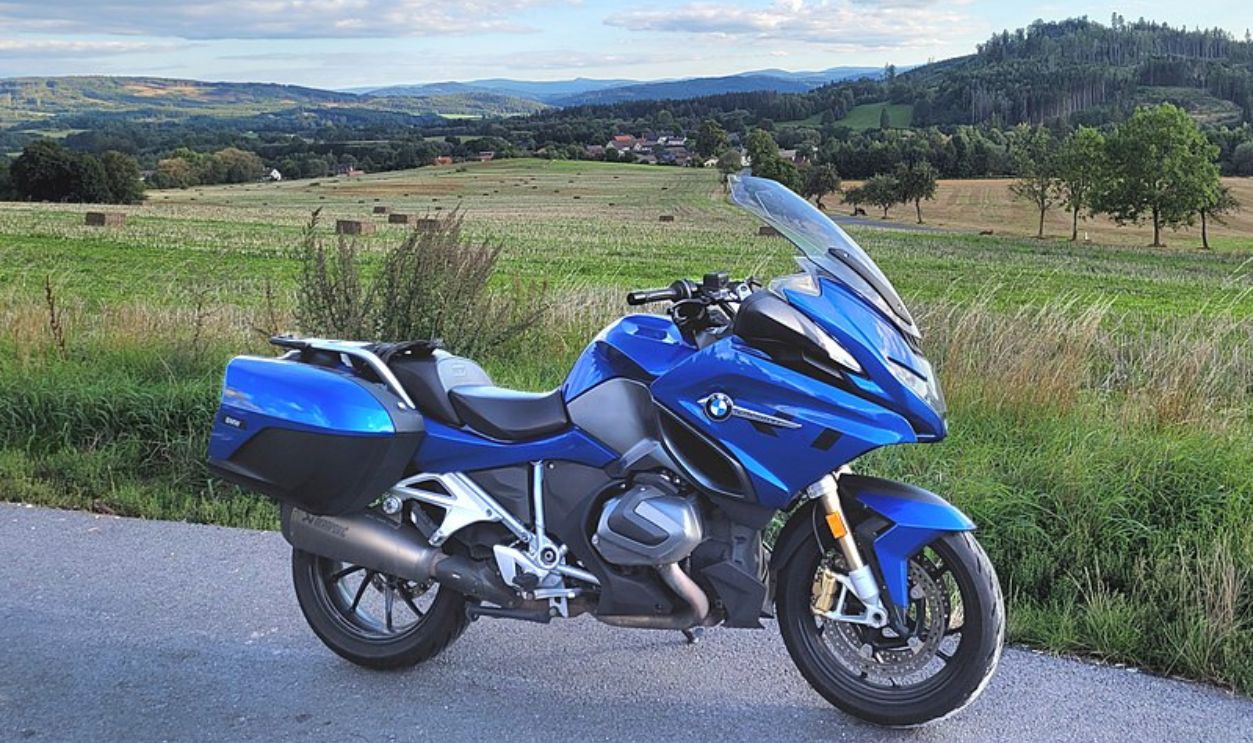 Bayahusa, CC BY-SA 4.0, Wikimedia Commons
Bayahusa, CC BY-SA 4.0, Wikimedia Commons
Storage Capacity
Unless you add some modifications, a typical bike doesn’t carry much. But touring bikes tell a different story because they excel in storage solutions. Saddlebags, top boxes, and even hidden compartments make bringing everything from camping gear to spare helmets easy. Who says you can’t have luxury on two wheels?
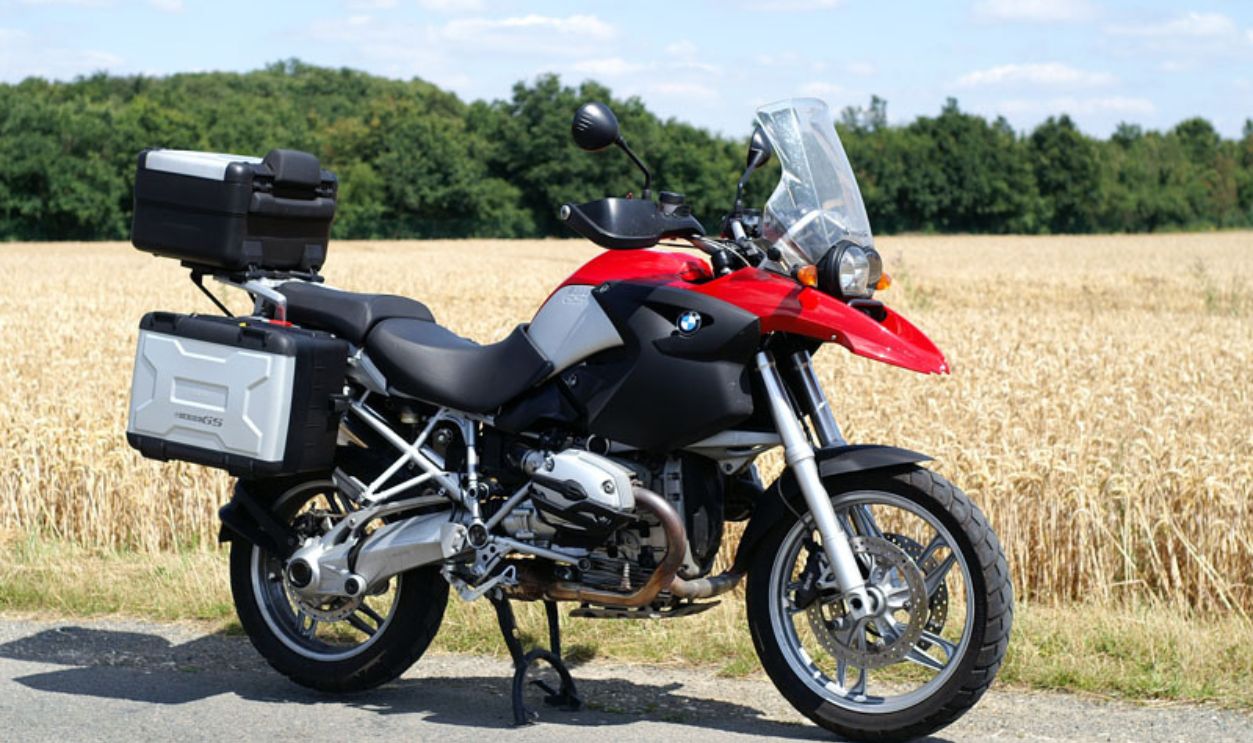 Romain9247, CC BY-SA 3.0, Wikimedia Commons
Romain9247, CC BY-SA 3.0, Wikimedia Commons
Pack Like A Pro
Take the Indian Roadmaster, for example. Its luggage space redefines “packing light”. The cherry on top of the cake? Lockable compartments that keep your belongings safe on overnight stops. Whether it’s a coast-to-coast trip or a weekend getaway, these bikes ensure you’re always prepared.
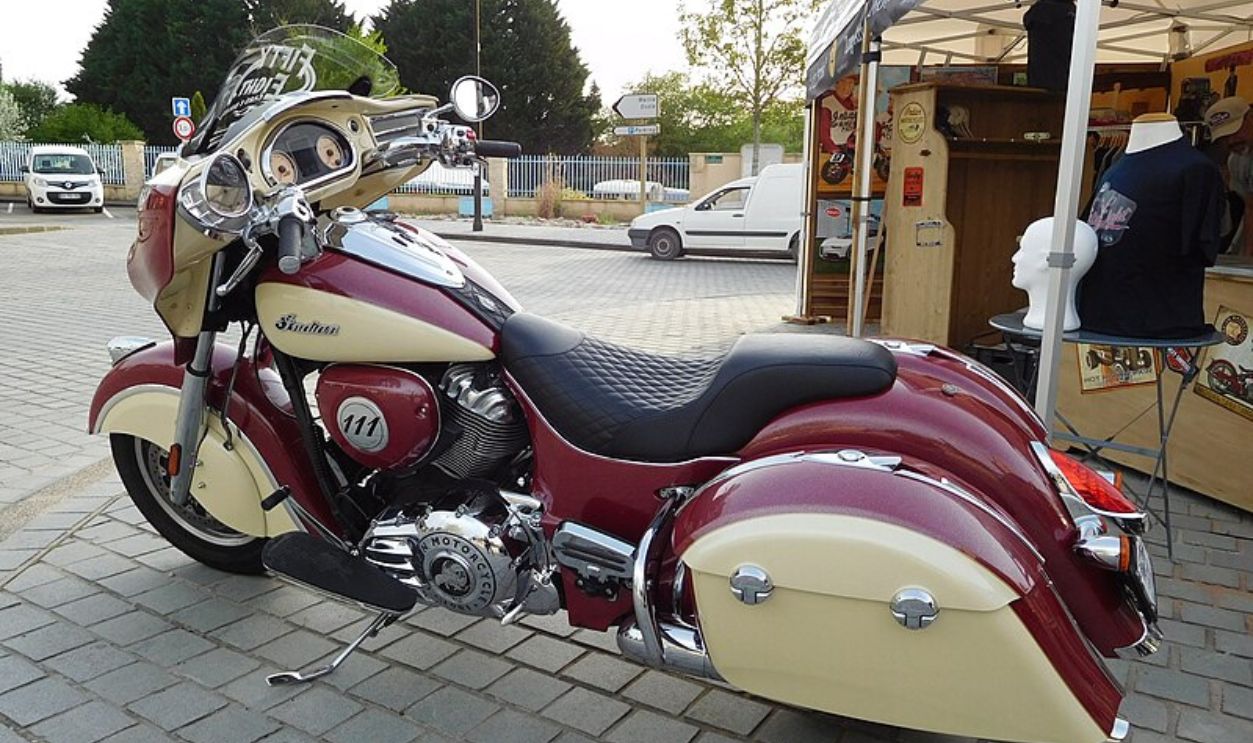 Cjp24, CC BY-SA 4.0, Wikimedia Commons
Cjp24, CC BY-SA 4.0, Wikimedia Commons
High-Performance Engines That Deliver
That long-distance and heavy carrying capacity requires immense power that typical bikes don’t have. But torque-heavy engines power most touring bikes to handle weighty luggage and easily tackle long stretches of highway. Think of these engines as marathon runners—steady, reliable, and built for endurance.
Fitting Examples
The Gold Wing’s 1833cc flat-six engine churns out effortless power, exactly a max of 5500 rpm, and this makes acceleration feel like a breeze even on uphill climbs. Unlike sportier models, these bikes emphasize smooth, vibration-free cruising over sheer speed. Perfect for the wanderlust in you.
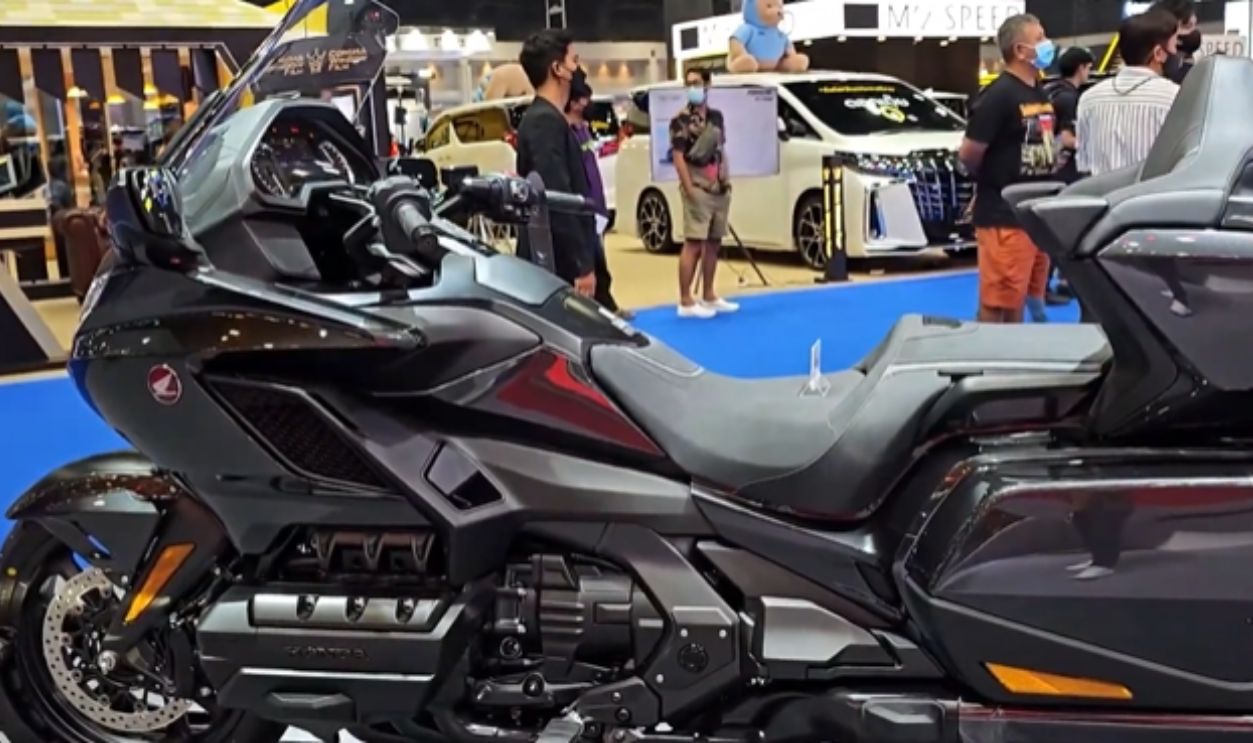 1833cc Honda GOLDWING 2023 by RODI
1833cc Honda GOLDWING 2023 by RODI
Advanced Suspension Systems
Have you ever hit a pothole and winced? Hitting one on a touring bike feels different. These bikes make such discomfort a thing of the past. With top-notch suspension systems, these motorcycles absorb bumps like a sponge. Riders think less of the road’s imperfections. Rides are smoother and more enjoyable.
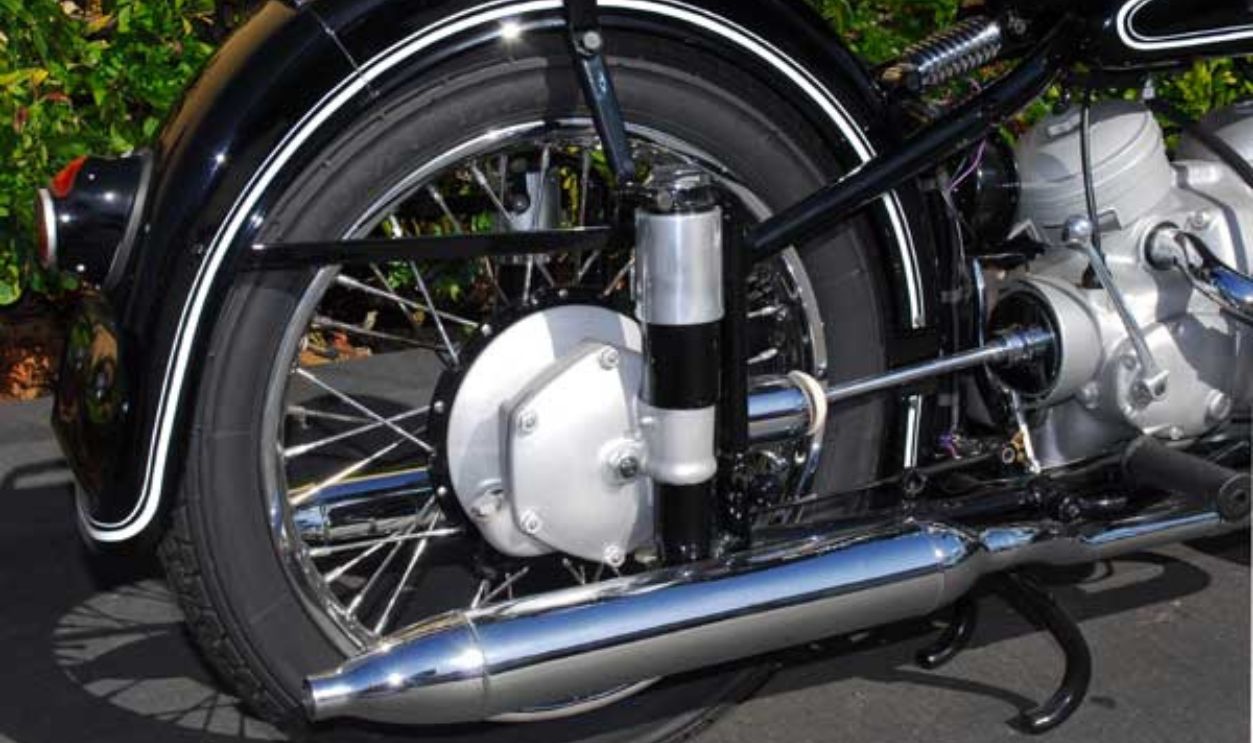 Jeff dean, CC BY-SA 2.5, Wikimedia Commons
Jeff dean, CC BY-SA 2.5, Wikimedia Commons
Take Showa, For Example
Take Harley-Davidson’s Showa dual-bending valve fork, which ensures a plush ride even on uneven surfaces. Whether traversing winding mountain roads or cruising city streets, the suspension guarantees you and your passenger a cloud-like experience. Comfort meets performance here.
 Harley Front Fork Valves for Enhanced Front Suspension #harleydavidson by DKCustomProducts
Harley Front Fork Valves for Enhanced Front Suspension #harleydavidson by DKCustomProducts
Bigger Fuel Tanks For Longer Rides
Fuel anxiety? Forget about it. Touring bikes are equipped with oversized fuel tanks, some holding 5-7 gallons. This means fewer stops and more miles of uninterrupted adventure. For instance, Yamaha’s Star Venture carries a 6.6-gallon tank, enabling riders to clock over 200 miles between fill-ups.
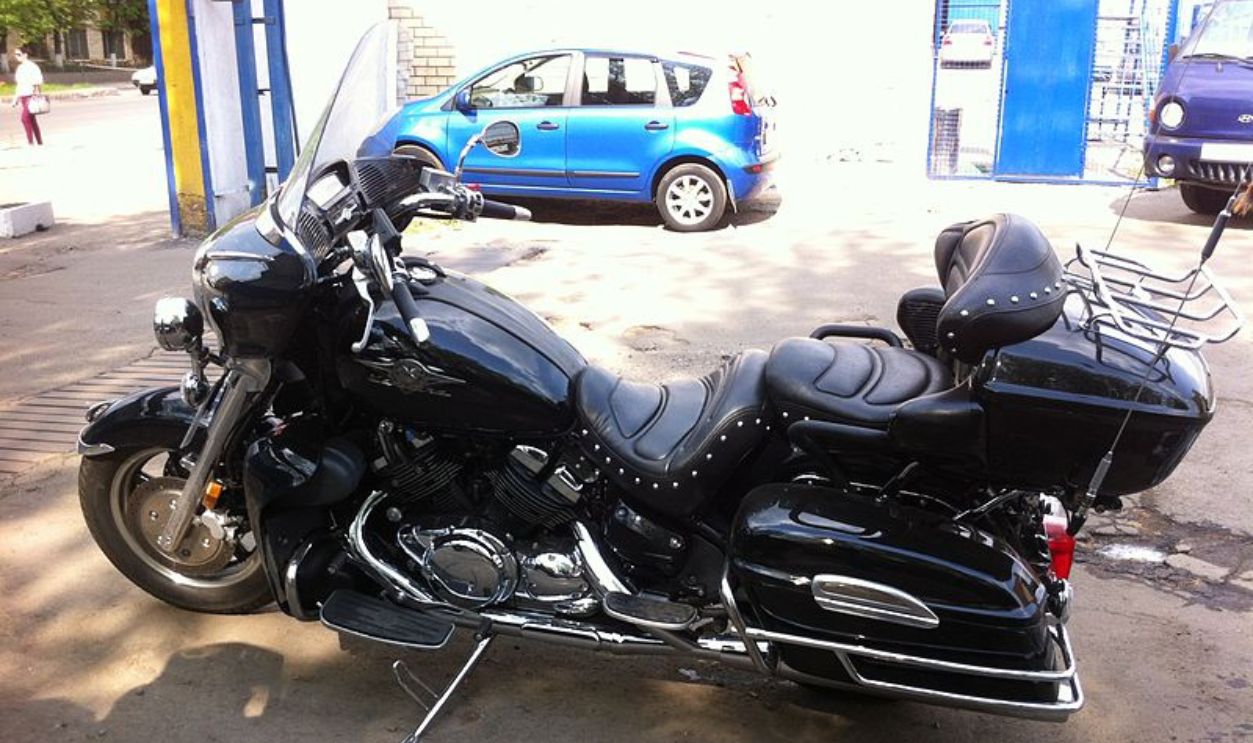 kolochkov, CC BY-SA 3.0, Wikimedia Commons
kolochkov, CC BY-SA 3.0, Wikimedia Commons
Infotainment Systems
Touring bikes allow multitasking, unlike the rest. This is because many come with infotainment systems that rival car dashboards. Navigation, music, and even phone calls are integrated seamlessly. Convenience? Absolutely. The Harley-Davidson Boom! The box system includes a full-color touchscreen, Bluetooth connectivity, and voice recognition.
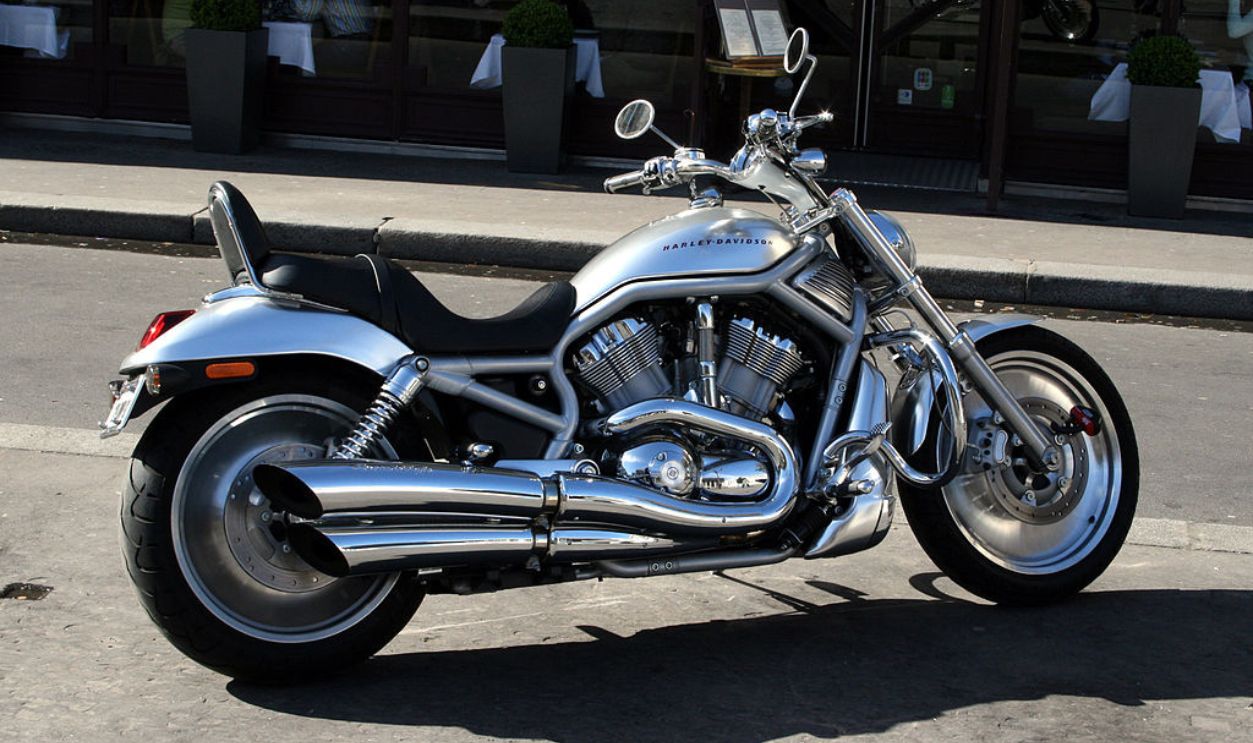 Remi Jouan, CC BY-SA 3.0, Wikimedia Commons
Remi Jouan, CC BY-SA 3.0, Wikimedia Commons
Adjustable Windscreens
Not all riders are built the same, and touring bikes know it. Adjustable windscreens let you tweak your wind protection based on height and speed. A small change makes a big difference on long rides. The BMW K1600GTL features an electronically adjustable windshield. How does this work?
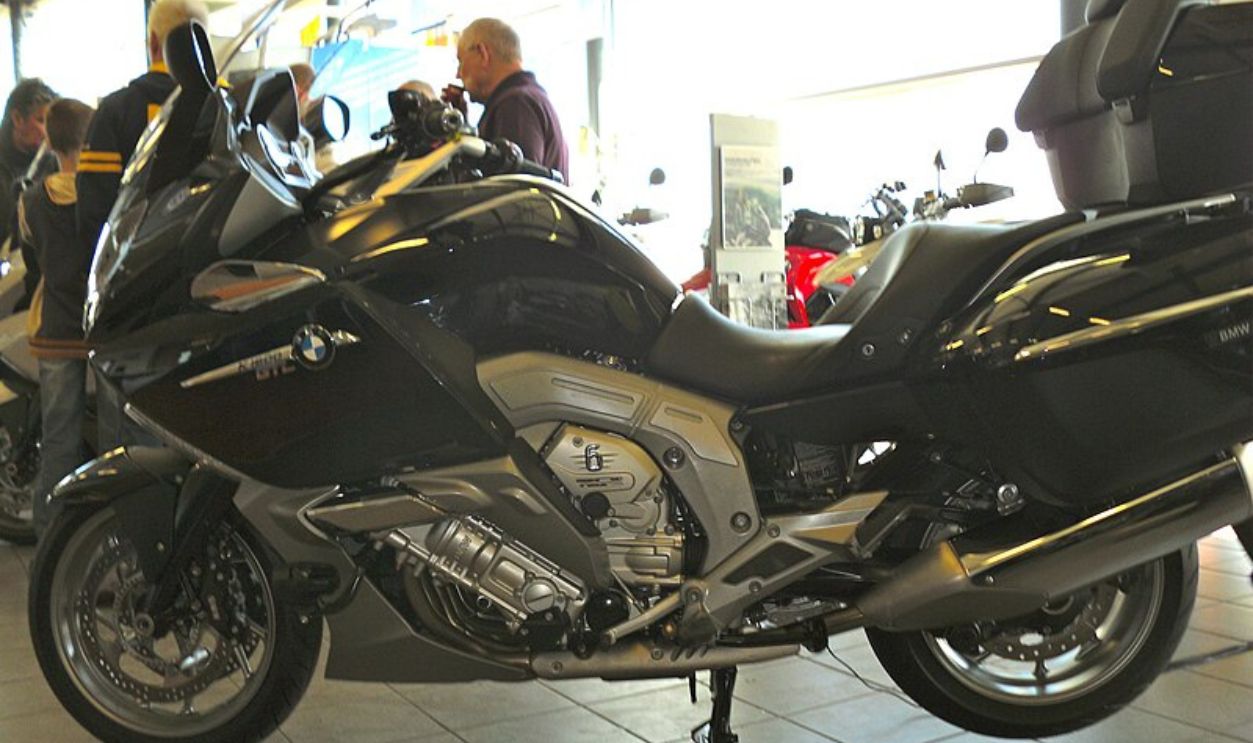 Pierotreruote, CC BY-SA 3.0, Wikimedia Commons
Pierotreruote, CC BY-SA 3.0, Wikimedia Commons
As Easy As ABC
With a straightforward push of a button, riders can eliminate turbulence or enjoy an open-air breeze. It’s like having your personal air-conditioning system that allows you to create an ambiance that just fits you. Who’s ready to ride in comfort?
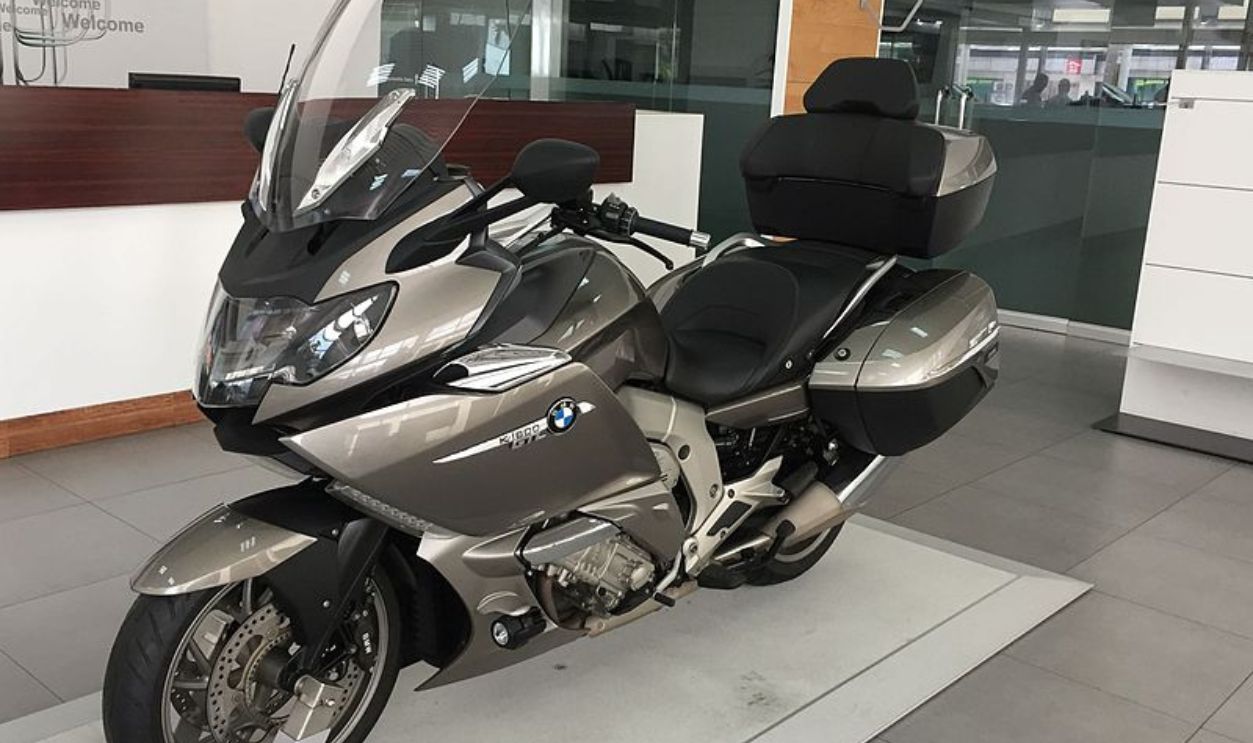 Ominae, CC BY-SA 4.0, Wikimedia Commons
Ominae, CC BY-SA 4.0, Wikimedia Commons
Passenger Comfort That’s Second To None
If you are bringing a friend or partner to your escapades, you’ll be glad to find out that touring bikes don’t forget about passengers. We’re talking padded backrests, wide seats, and ample legroom to ensure their comfort matches the riders. Because adventures are better when shared, right?
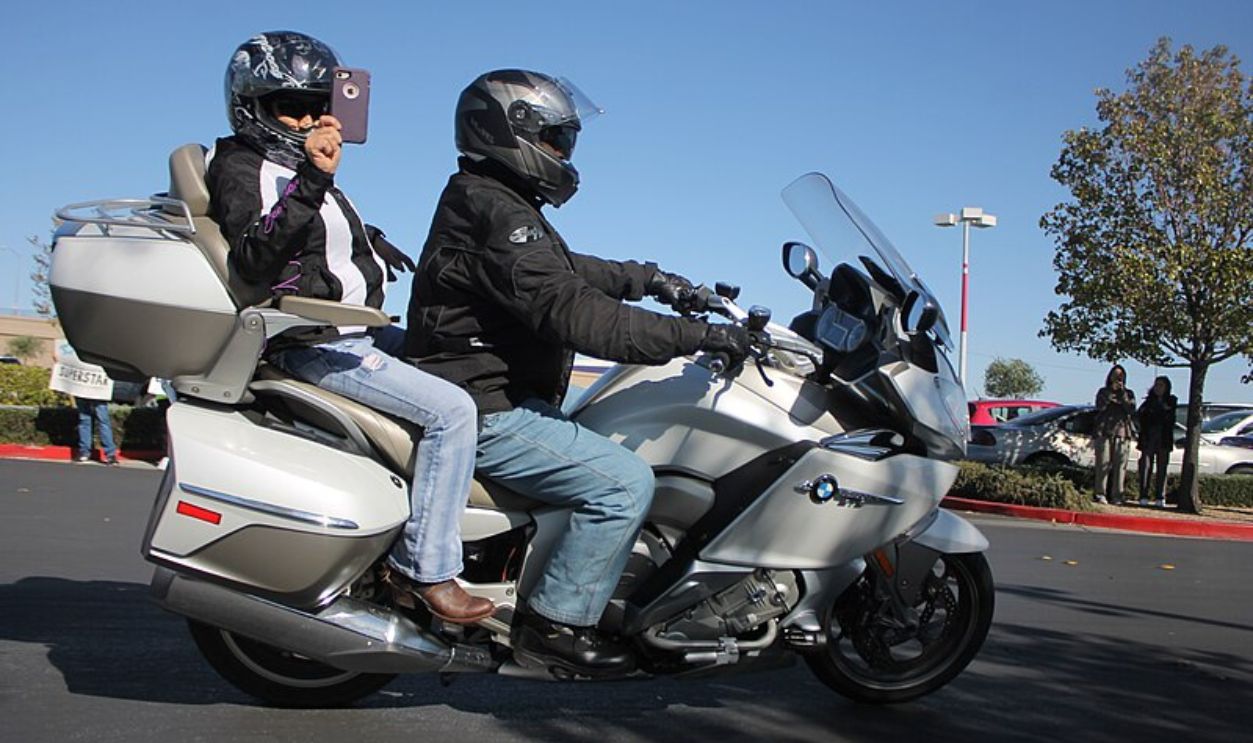 Noah Wulf, CC BY-SA 4.0, Wikimedia Commons
Noah Wulf, CC BY-SA 4.0, Wikimedia Commons
Here’s A Smooth Operator For Your Passenger
Honda’s Gold Wing sets the gold standard with its passenger accommodations. Heated seats and integrated armrests make long journeys a dream. Gone are the days of backseat complaints. Now, your copilot might enjoy the ride even more than you do.
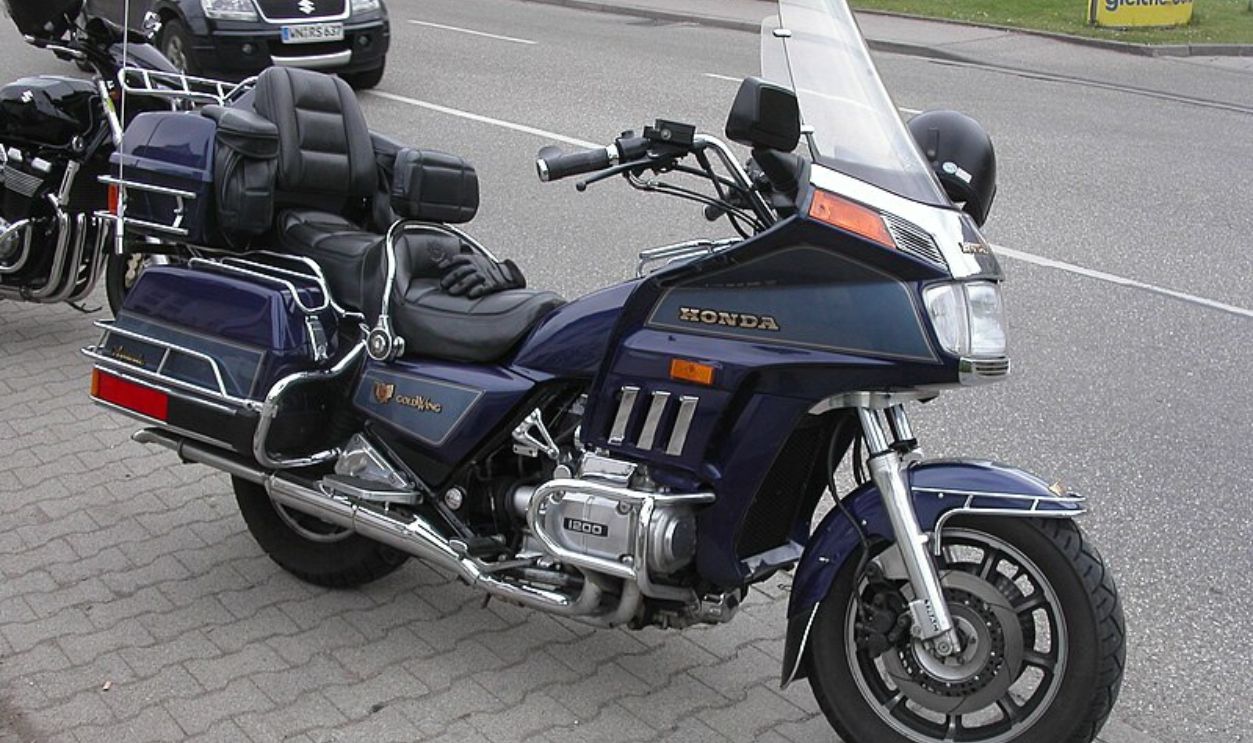 BKLuis, CC BY 3.0, Wikimedia Commons
BKLuis, CC BY 3.0, Wikimedia Commons
Cruise Control For Hassle-Free Highways
Holding the throttle steady for hours can tire your wrist. Don’t believe us, try it on a speedbike and tell us. Thus, enter cruise control, a game-changer for highway riding. This feature lets you lock in a speed and relax and keeps you focused on the scenery instead.
Introducing The Winners In This Sector
Ducati’s Multistrada V4 (an adventure and touring bike) offers adaptive cruise control, adjusting speed based on surrounding traffic. Then, the BMW R 1250 RT, Yamaha MT-09 Tracer 9 GT+ (2023+), and some modern KTM motorcycles come with front-mounted radar to monitor traffic and road conditions ahead.
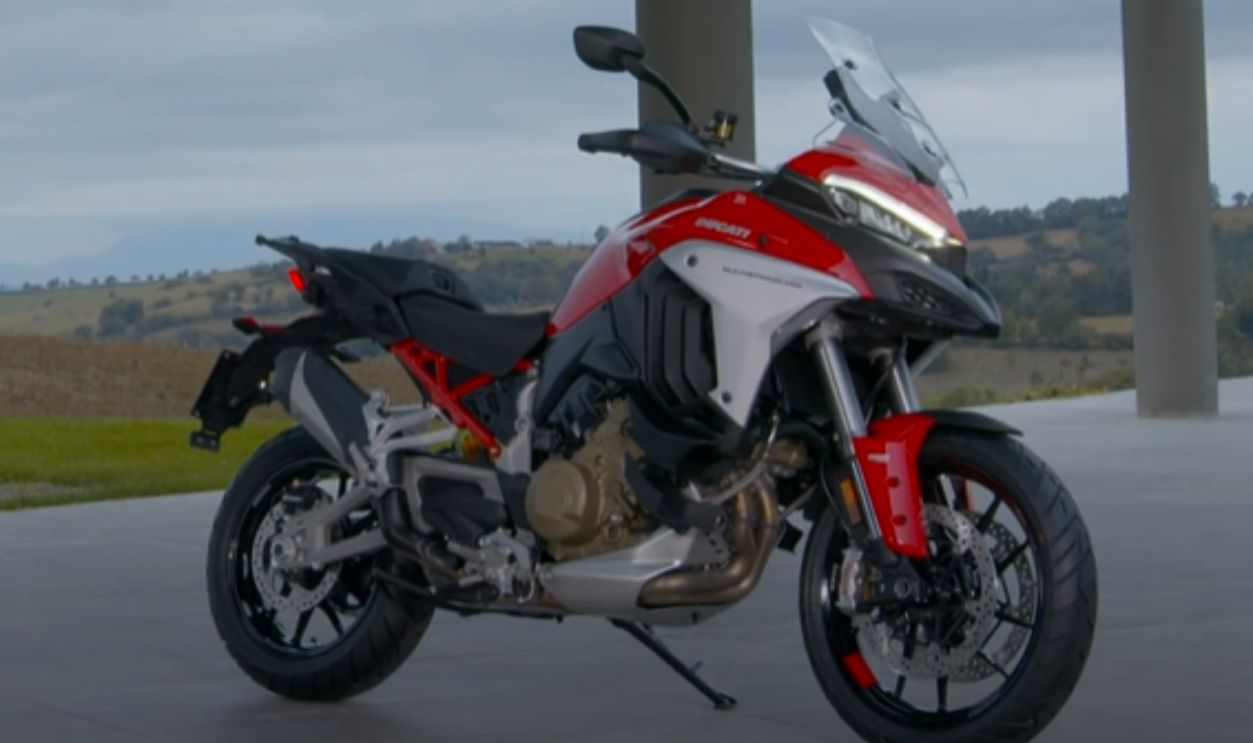 New Ducati Multistrada V4 by Ducati
New Ducati Multistrada V4 by Ducati
Larger Frames Built For Stability
Touring bikes are designed to stay steady, even with extra weight from passengers or luggage. Their larger frames and extended wheelbases enhance stability, especially on highways. This design minimizes wobbling at high speeds and makes long journeys safer.
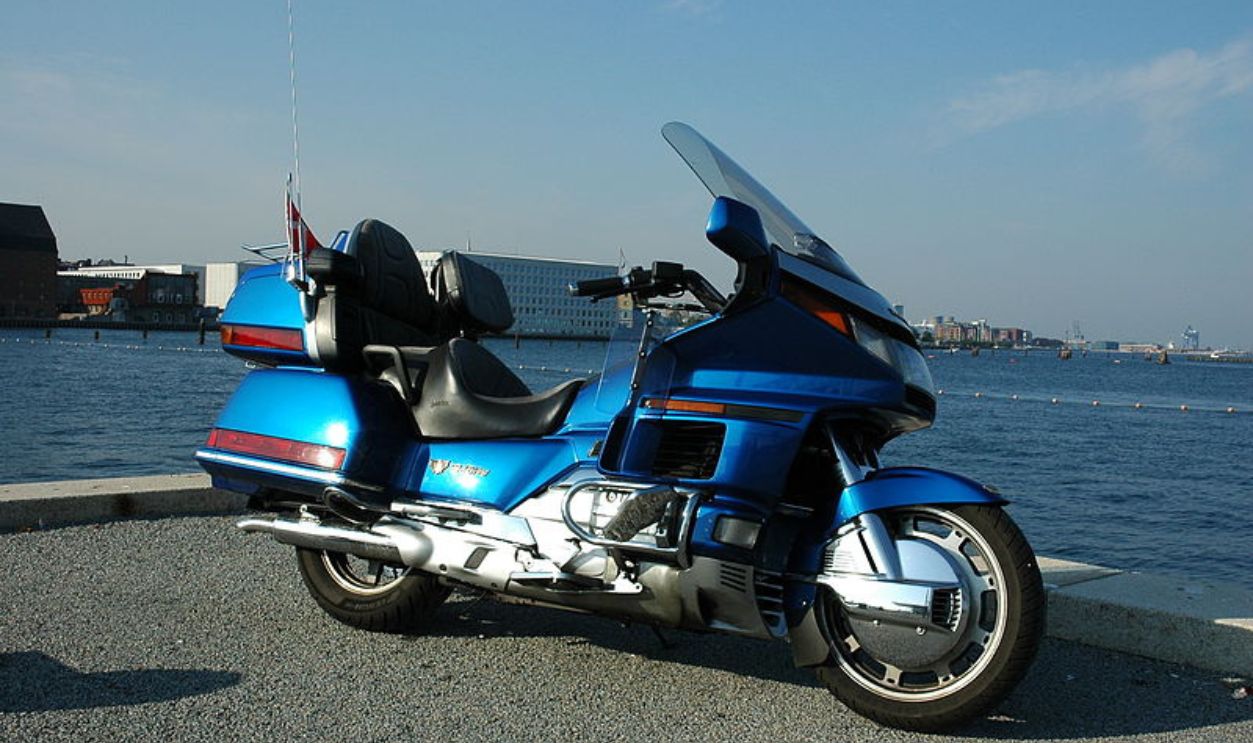 Knak, CC BY 2.5, Wikimedia Commons
Knak, CC BY 2.5, Wikimedia Commons
Cruising Steady With
The Indian Challenger, BMW R 1250 RT, and Yamaha FJR1300 personify stability with their sturdy frames that ensure you glide through curves effortlessly. Touring bikes prioritize your peace of mind while you clock those endless miles. Cruising steadily.
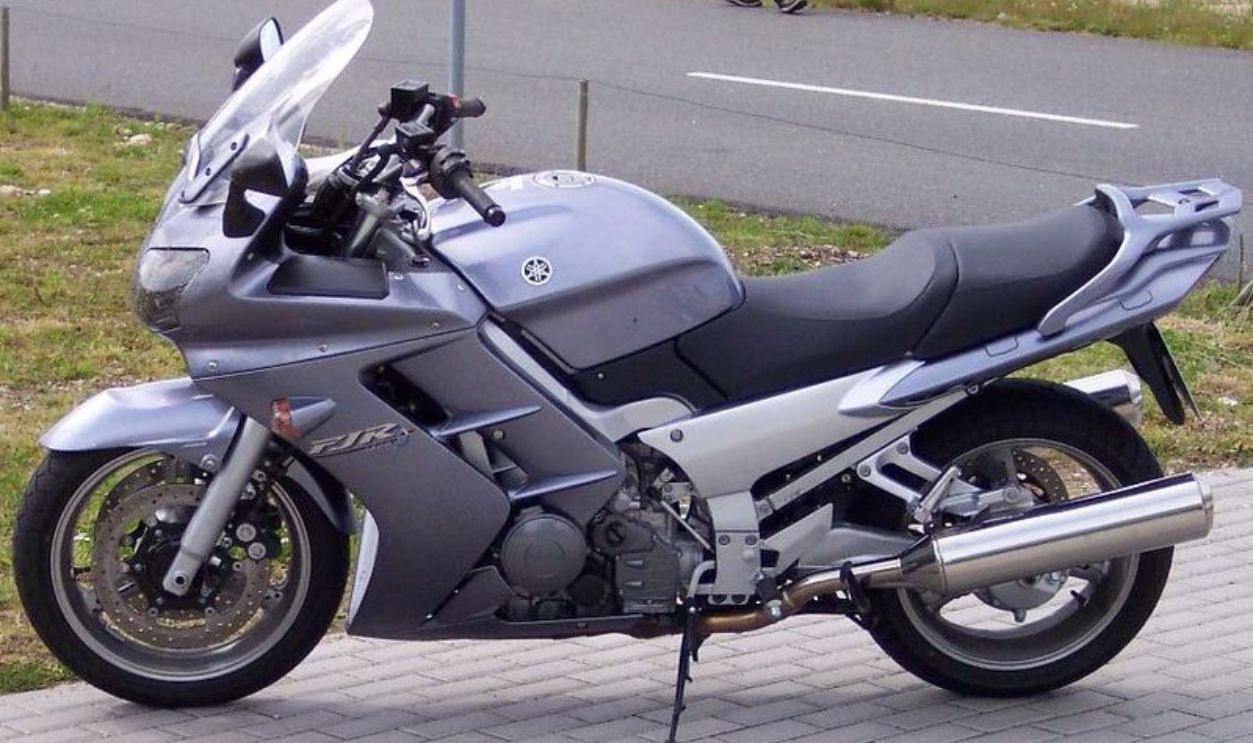 Unknown author, Wikimedia Commons
Unknown author, Wikimedia Commons
Heated Features For All-Weather Riding
Cold weather, no problem. Why? Touring bikes, especially modern versions, come with heated grips and standard seats. Say goodbye to frostbitten fingers on winter rides and that numbing hold that makes you dread cruising past cold locations. The Honda Gold Wing offers adjustable heating levels, making chilly morning rides more inviting.
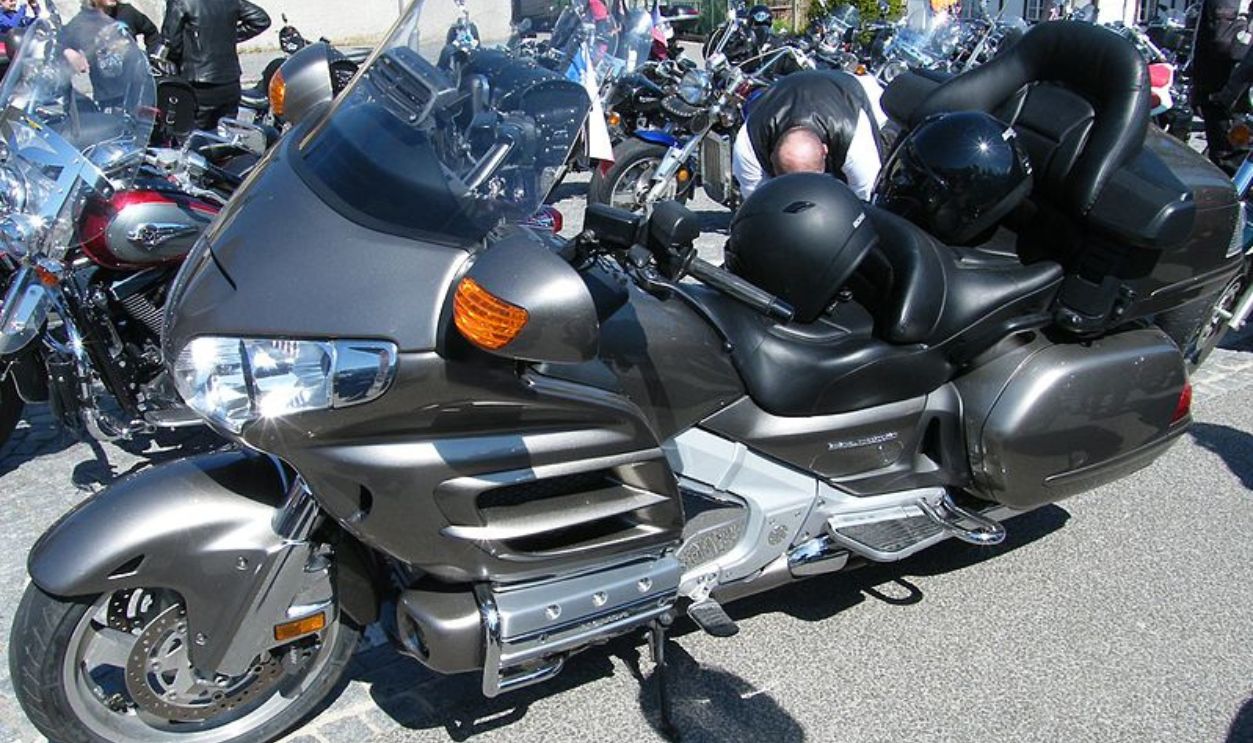 Addvisor, CC BY-SA 4.0, Wikimedia Commons
Addvisor, CC BY-SA 4.0, Wikimedia Commons
Integrated Navigation Systems
Say bye-bye to days of stopping at every corner fumbling with maps. These bikes often include integrated GPS systems, allowing you to explore unfamiliar roads confidently. These systems are user-friendly and tailored to motorcycling needs. But what if you are riding off-grid?
 Revolutionizing Adventure Riding: A Deep Dive into Digital Navigation for Bikes by Rally Rampage
Revolutionizing Adventure Riding: A Deep Dive into Digital Navigation for Bikes by Rally Rampage
Off Grid Made Easy
The Harley-Davidson CVO (Custom Vehicle Operations) models, such as the Street Glide CVO and Road Glide CVO, come equipped with the Boom!™ Box GTS infotainment system. Such limited features include turn-by-turn navigation displayed on a large touchscreen. They even consist of a route planner optimized for scenic rides.
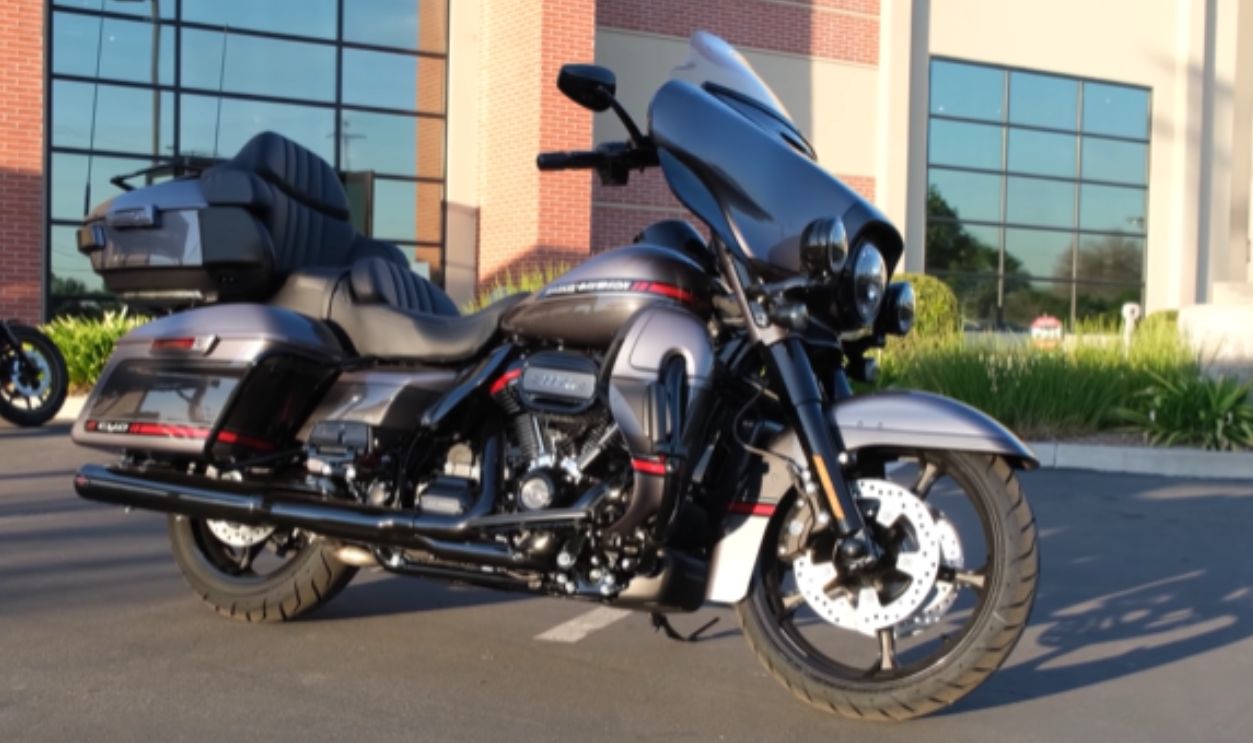 2020 Harley-Davidson CVO Limited (FLHTKSE) Test Ride and Review by Matt Laidlaw
2020 Harley-Davidson CVO Limited (FLHTKSE) Test Ride and Review by Matt Laidlaw
Customizable Features To Suit Every Rider
Customization on touring bikes is something else because makers are more than willing to embrace individuality with endless customization options. From handlebar height to saddle material, these bikes can be tailored to fit you perfectly. Personalization isn’t just a luxury—it’s a necessity for long-distance comfort.
Who Allows It
Brands like Harley-Davidson offer factory customization programs that let you select everything from paint color to suspension upgrades. Why settle for a one-size-fits-all touring motorcycle when you can create your dream machine? A dream that rides, sounds, and looks exactly how you want it to.
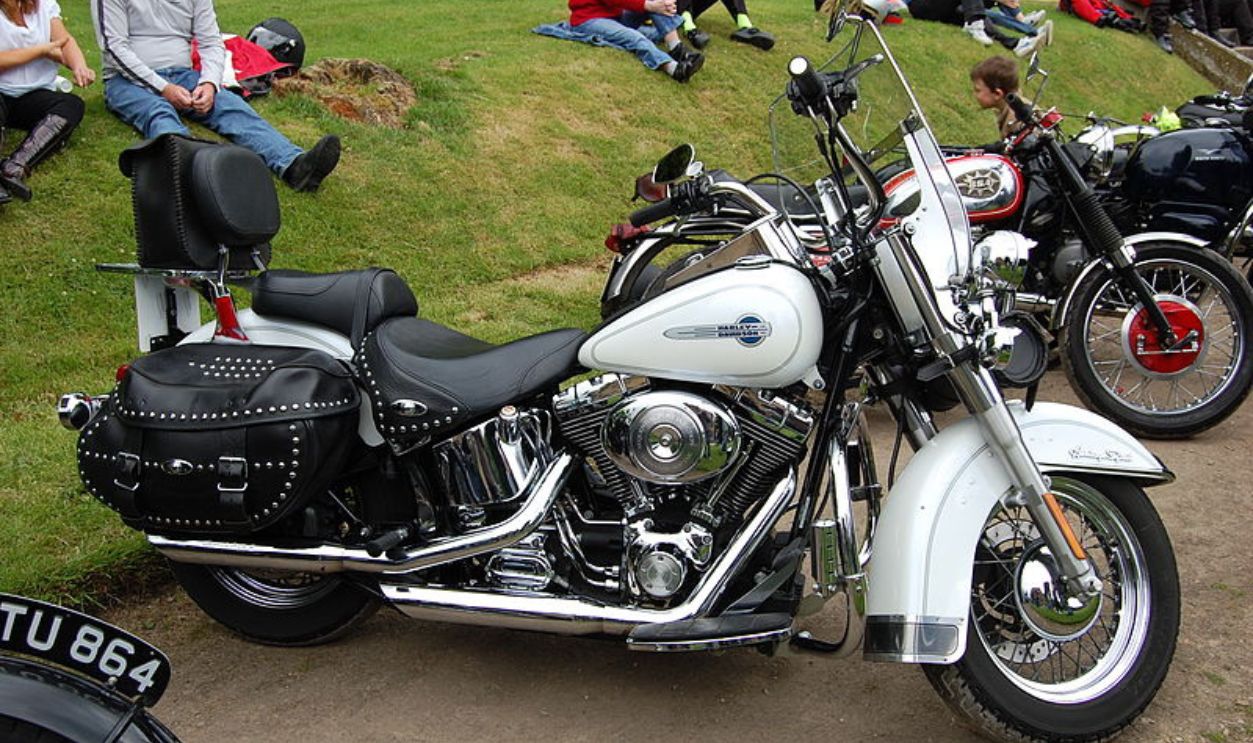 Ronald Saunders, CC BY-SA 2.0, Wikimedia Commons
Ronald Saunders, CC BY-SA 2.0, Wikimedia Commons
Unmatched Longevity
These kinds of motorcycles are built to last, thanks to their durable construction and reliable engines. You can rack up thousands of miles without breaking a sweat. These bikes are investments in lifelong memories. Honda’s Gold Wing is notorious for its longevity, with many examples surpassing 200,000 miles.
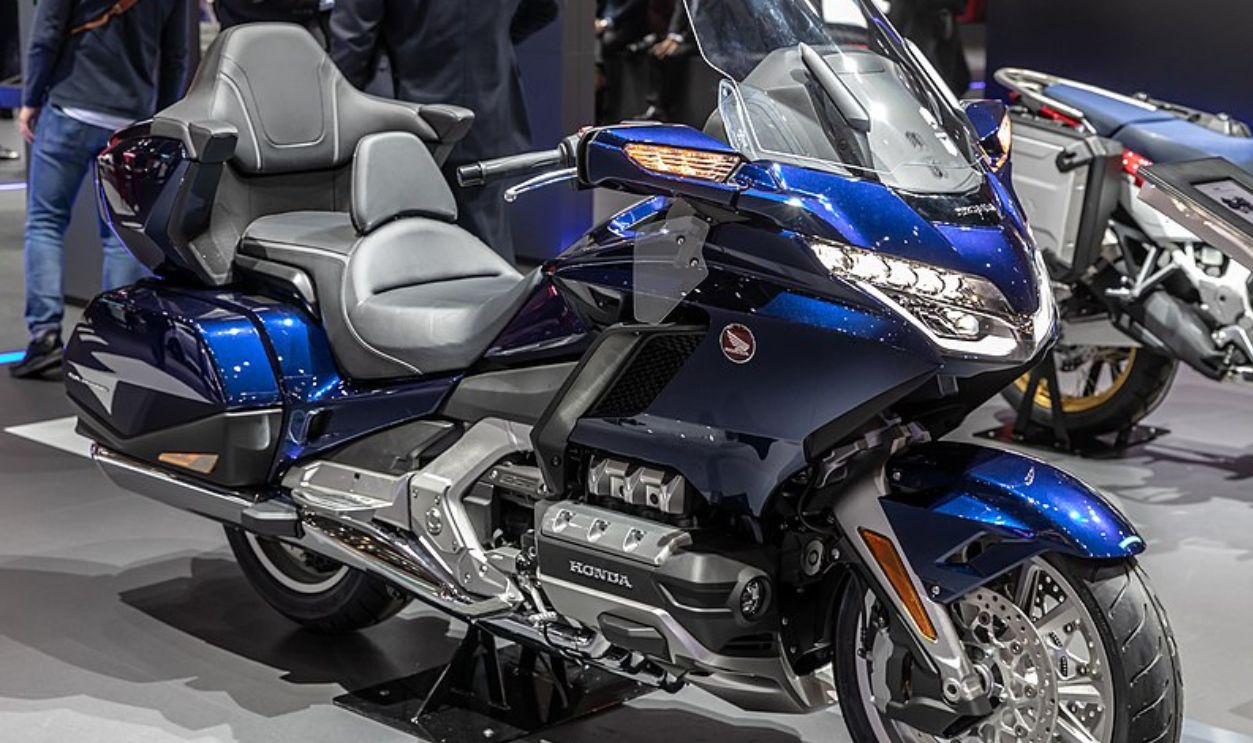 Matti Blume, CC BY-SA 4.0, Wikimedia Commons
Matti Blume, CC BY-SA 4.0, Wikimedia Commons
But There Is A Catch
You cannot expect to take your touring bike through all terrains and expect it just to be happy. So, here is the catch: Regular maintenance where you check the engines, change cracking parts, tighten loosened nuts, and fix that paint every so often. Do that, and appreciate longevity.
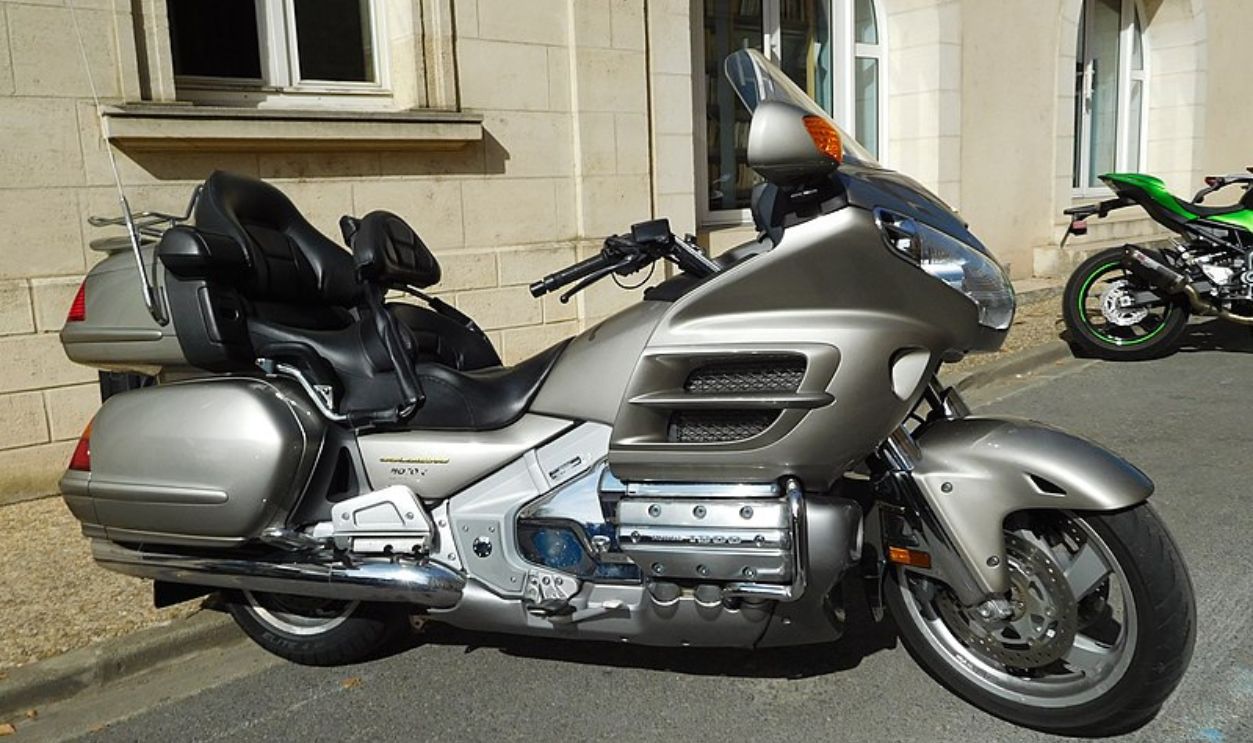 Cjp24, CC BY-SA 4.0, Wikimedia Commons
Cjp24, CC BY-SA 4.0, Wikimedia Commons
ABS And Traction Control For Ultimate Safety
Safety is among the top factors when it comes to the creation of touring bikes. Many come equipped with advanced braking systems (ABS) and traction control, ensuring you maintain grip on slippery roads. These features inspire confidence in unpredictable weather. The Yamaha FJR1300 has a unified braking system that balances force between the front and rear wheels.
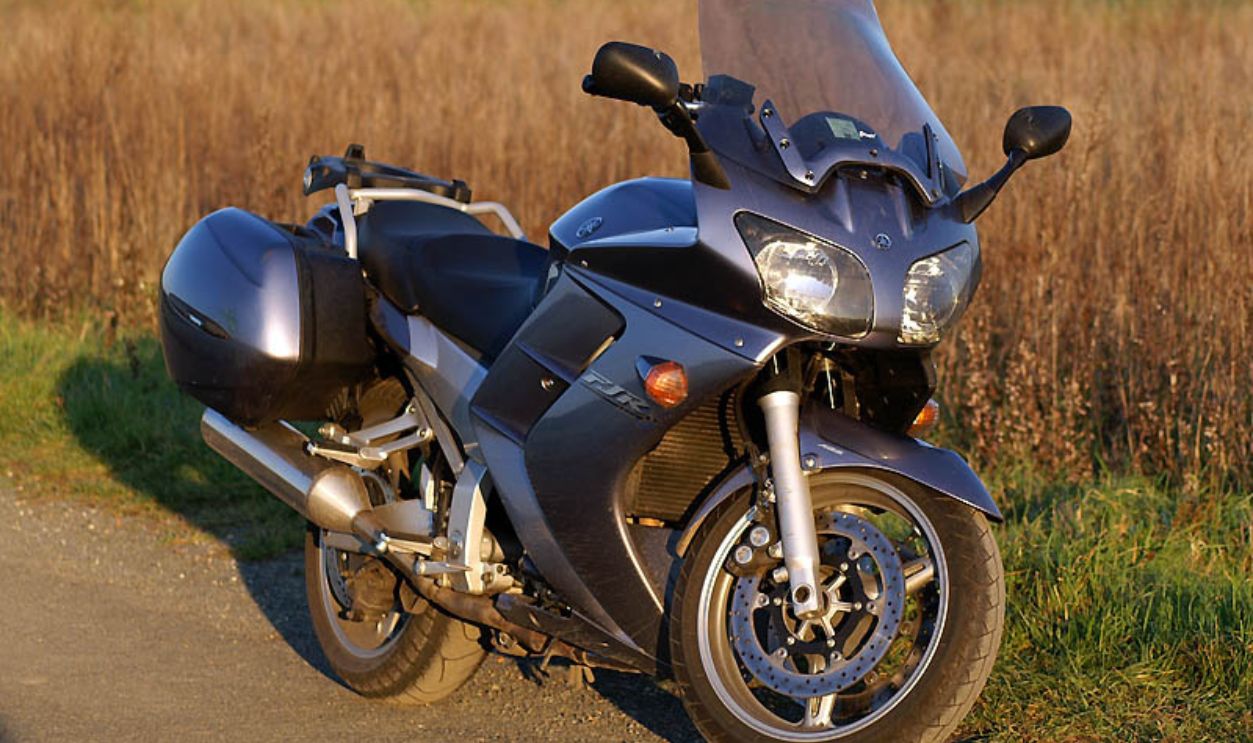 Romain9247, CC BY-SA 2.5, Wikimedia Commons
Romain9247, CC BY-SA 2.5, Wikimedia Commons
Iconic Styling That Turns Heads
Touring bikes are the supermodels of the motorcycle world. Supermodels that work out go long distances and look exceptional. The Harley-Davidson Road King is a prime example, combining vintage aesthetics with modern technology. Their design often features bold lines, chrome accents, and imposing silhouettes. You’ll make an entrance every time.
![]() Nitot, CC BY-SA 3.0, Wikimedia Commons
Nitot, CC BY-SA 3.0, Wikimedia Commons
Touring Bike Transmissions
Two main options dominate touring bikes: The traditional manual (most common) and Honda's DCT (Dual Clutch Transmission). Manual offers direct control and simplicity, while DCT provides automatic convenience with optional manual control. DCT eliminates clutch operation but adds weight and complexity.
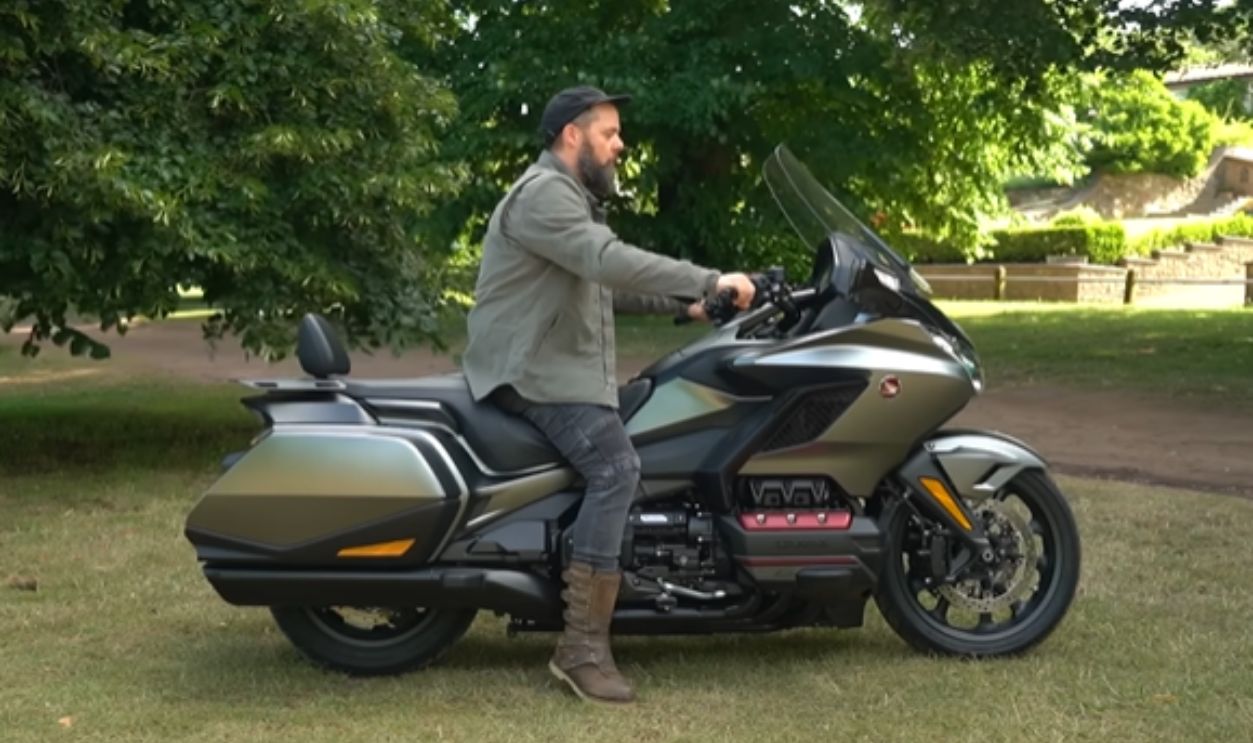 2023 Honda Goldwing DCT: 10 Best Features! by MOTOBOB
2023 Honda Goldwing DCT: 10 Best Features! by MOTOBOB
All-Terrain Capability
Touring bikes are beasts even off the highways; some are designed for all terrains. Most models in this category combine comfort with off-road capability, and this opens up new possibilities for exploration. Some offer adjustable suspension and rugged tires.
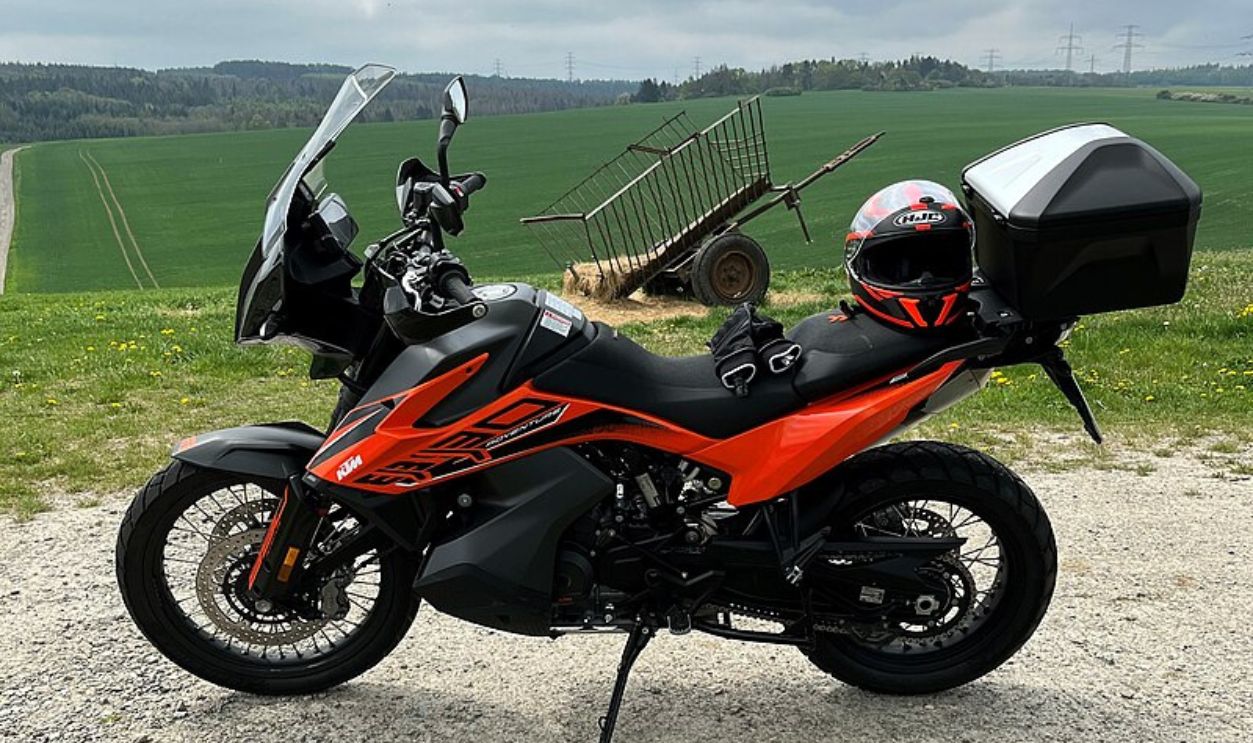 Siechfred, CC0, Wikimedia Commons
Siechfred, CC0, Wikimedia Commons

